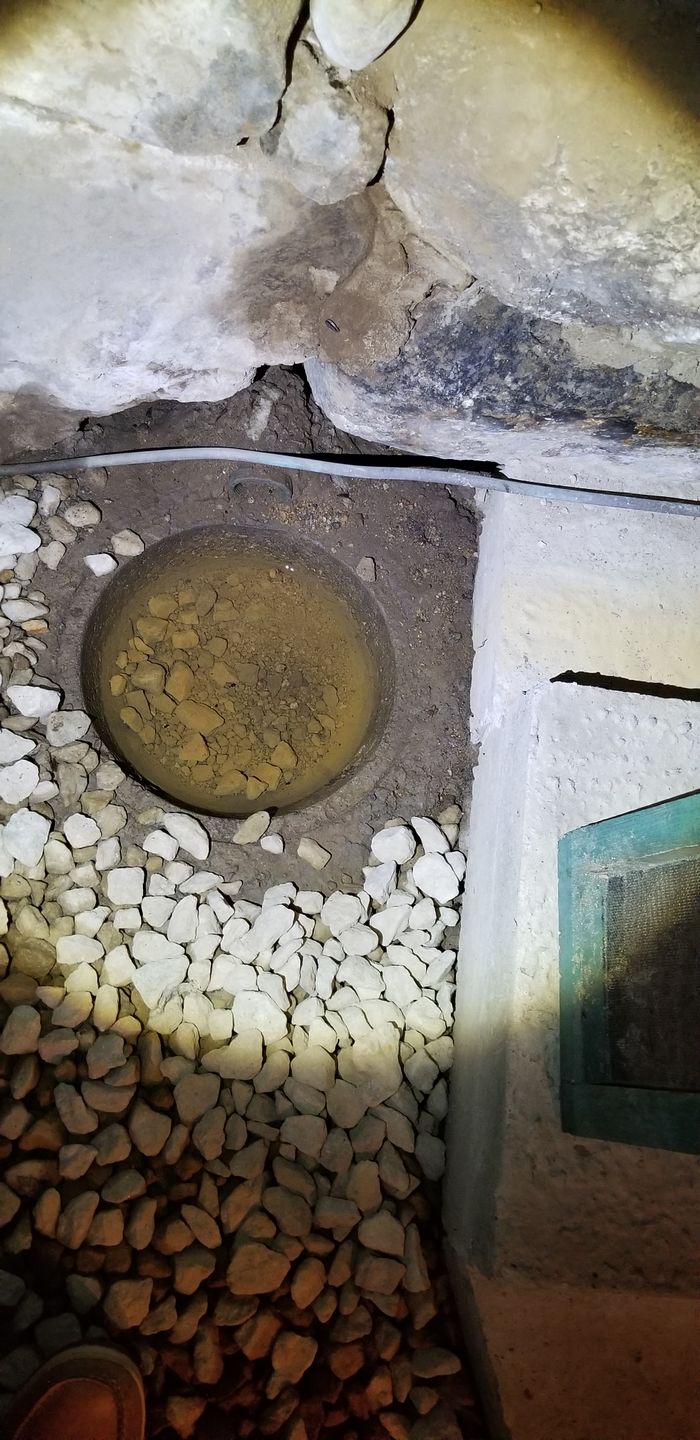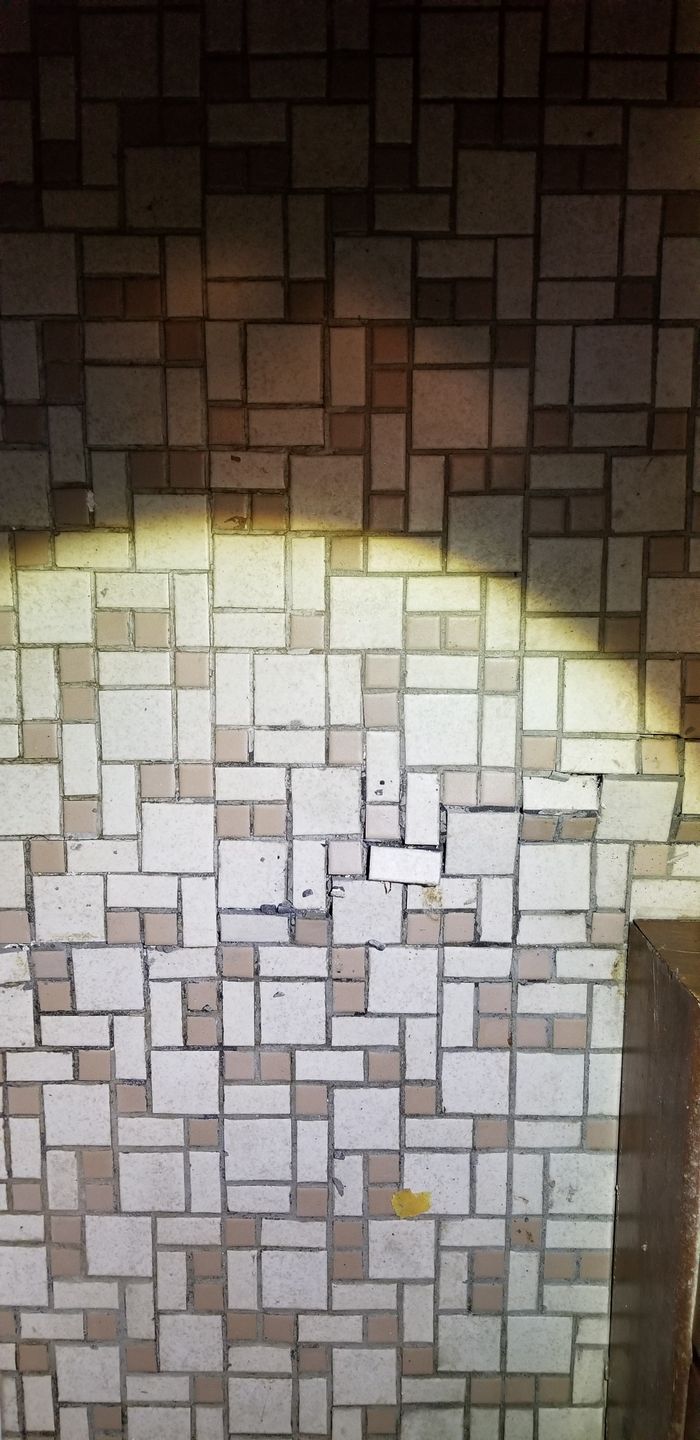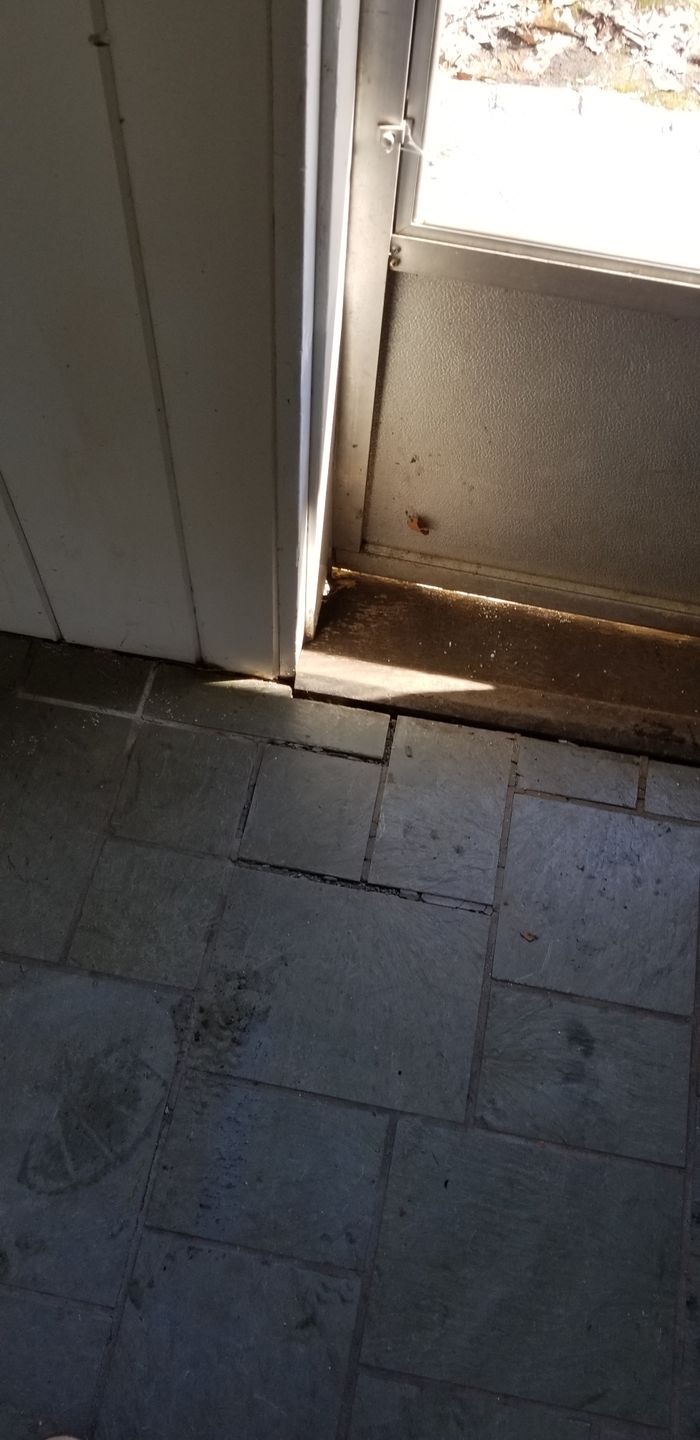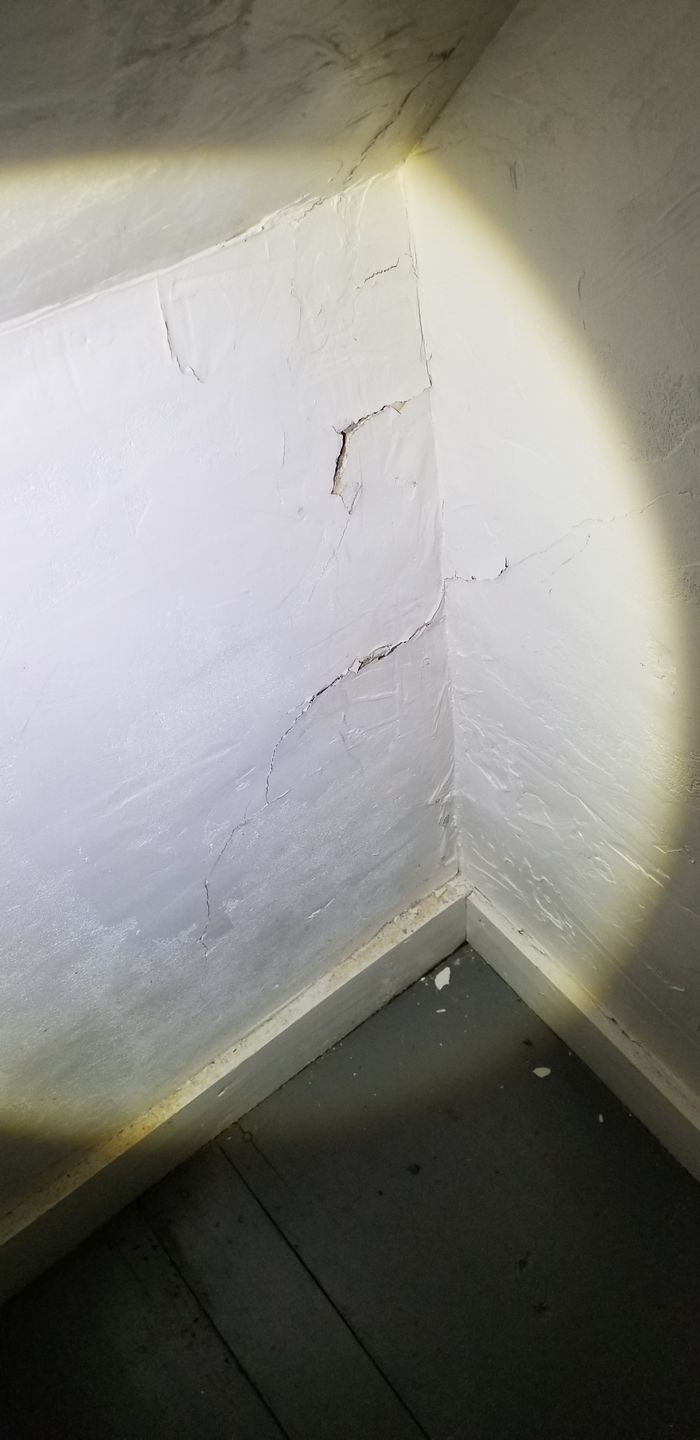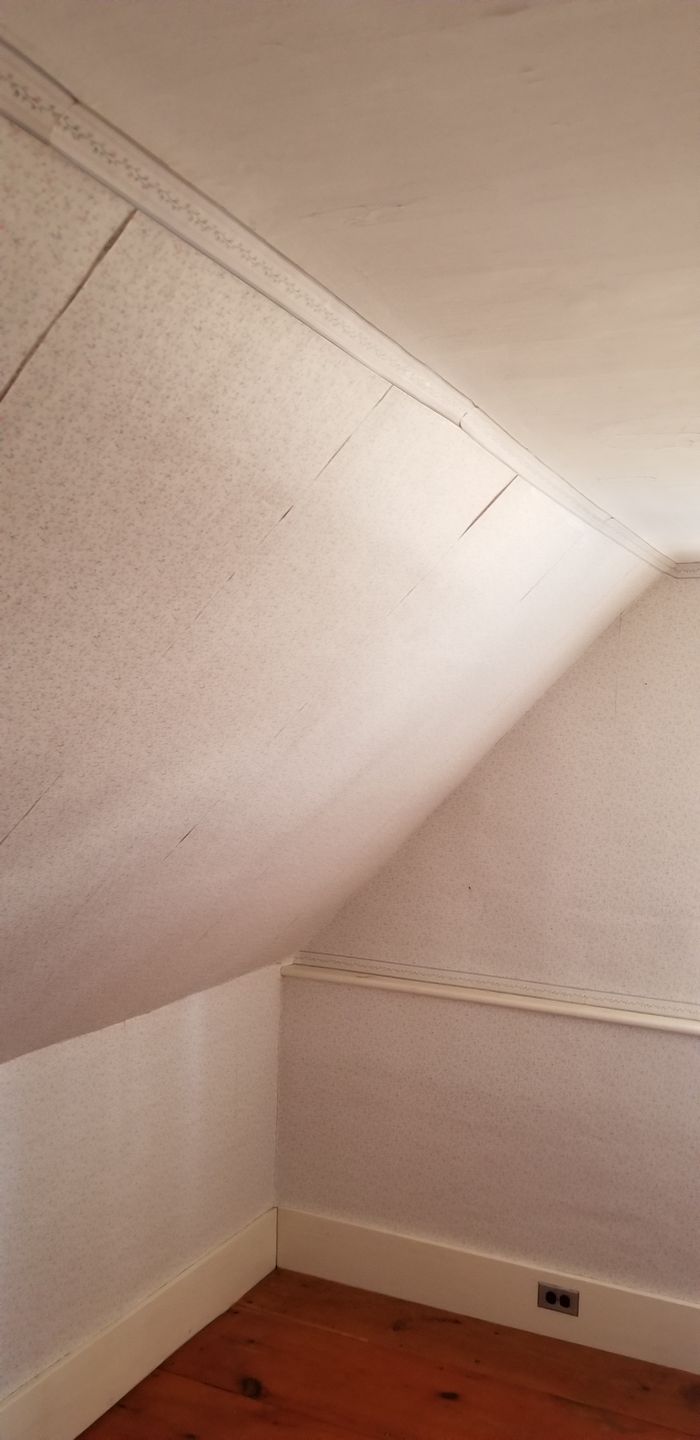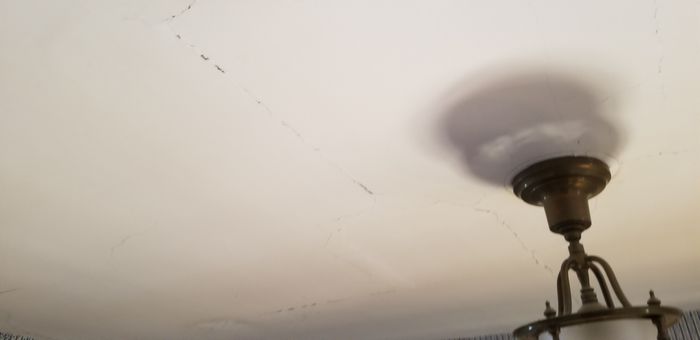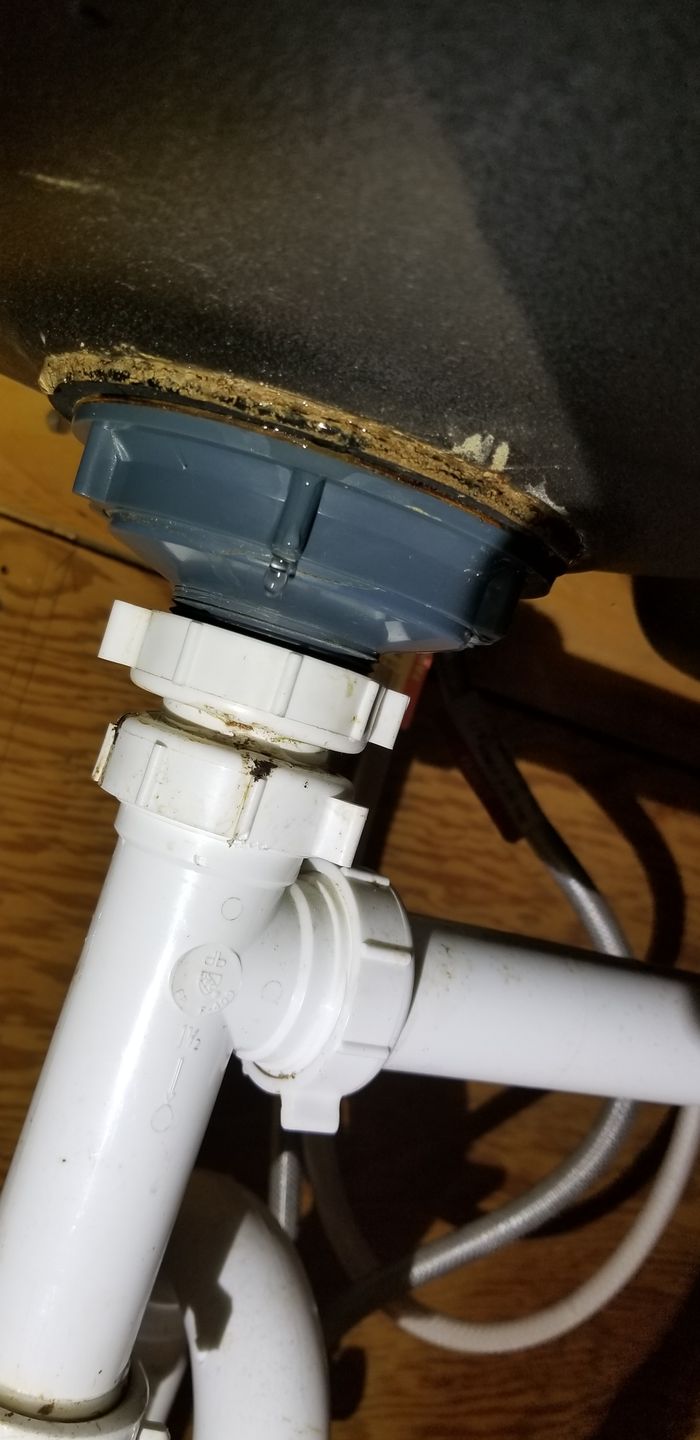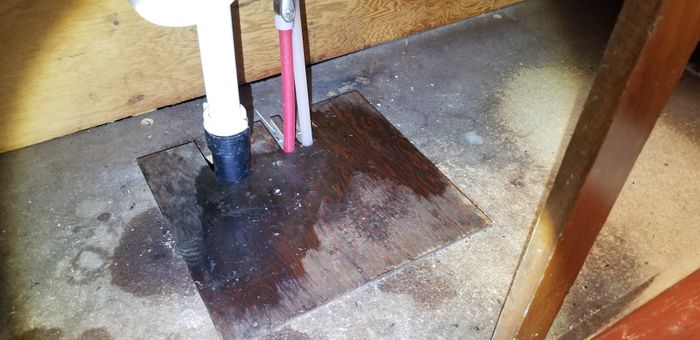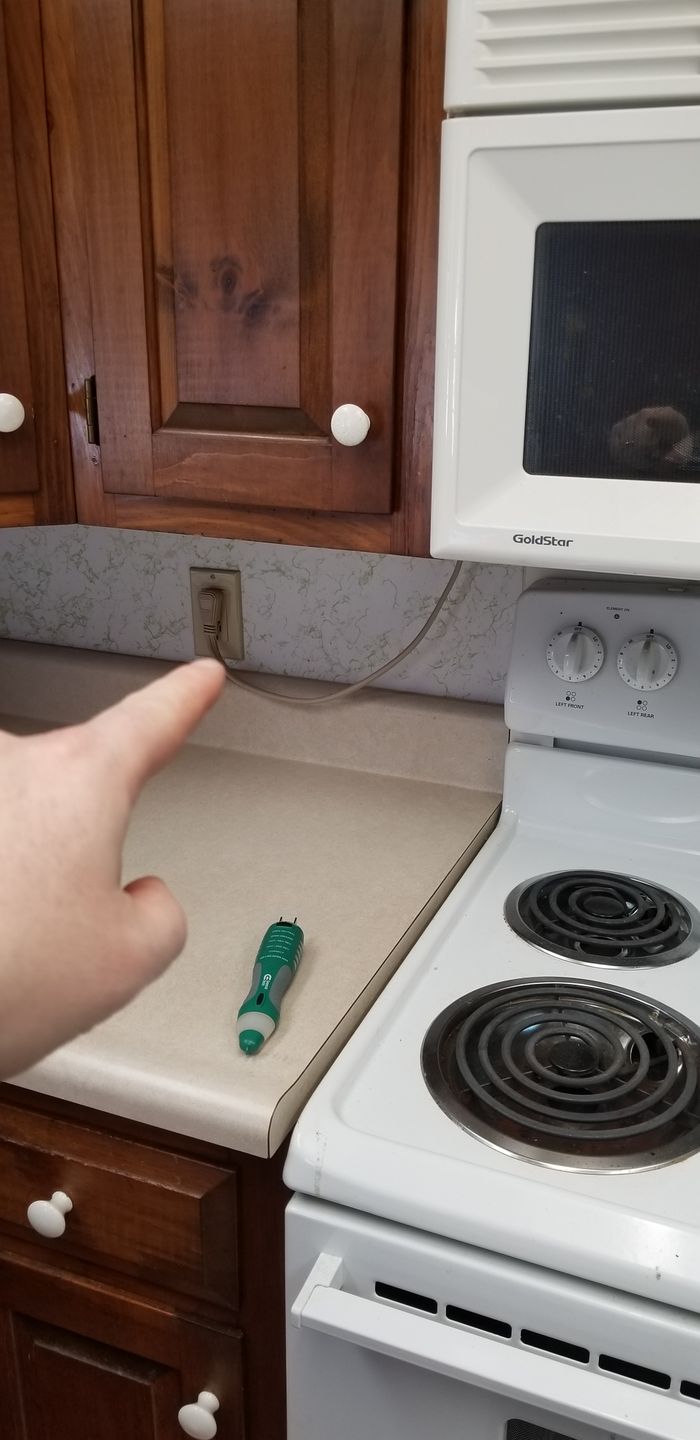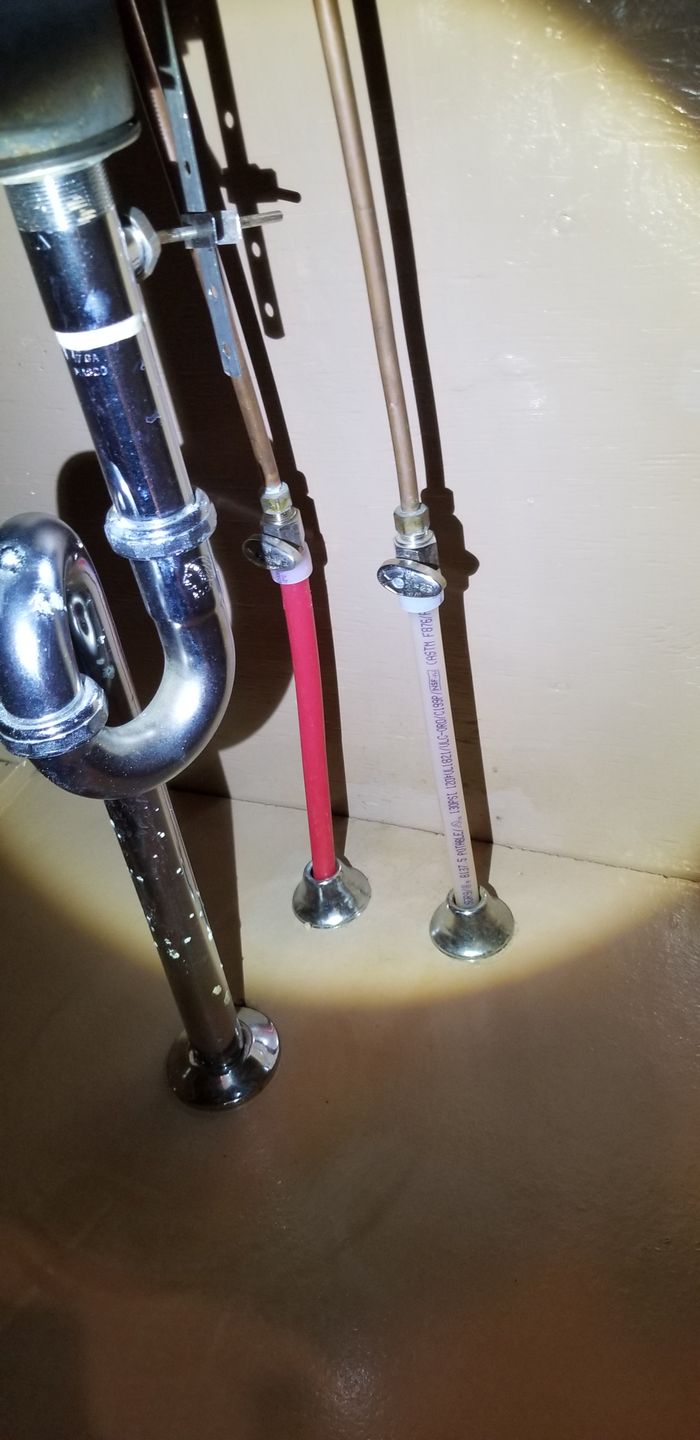The Scope and Purpose of a Home Inspection
Purchasing property involves risk
The purpose of a home inspection is to help reduce the risk associated with the purchase of a structure by providing a professional opinion about the overall condition of the structure. A home inspection is a limited visual inspection and it cannot eliminate this risk. Some homes present more risks than others. We cannot control this, but we try to help educate you about what we don’t know during the inspection process. This is more difficult to convey in a report and one of many reasons why we recommend that you attend the inspection.
A home inspection is not an insurance policy
This report does not substitute for or serve as a warranty or guarantee of any kind. Home warranties can be purchased separately from insuring firms that provide this service.
A home inspection is visual and not destructive
The descriptions and observations in this report are based on a visual inspection of the structure. We inspect the aspects of the structure that can be viewed without dismantling, damaging or disfiguring the structure and without moving furniture and interior furnishings. Areas that are concealed, hidden or inaccessible to view are not covered by this inspection. Some systems cannot be tested during this inspection as testing risks damaging the building. For example, overflow drains on bathtubs are generally not tested because if they were found to be leaking they could damage the finishes below. Our procedures involve non-invasive investigation and non-destructive testing which will limit the scope of the inspection.
This is not an inspection for code compliance
This inspection and report are not intended for city / local code compliance. During the construction process structures are inspected for code compliance by municipal inspectors. Framing is open at this time and conditions can be fully viewed. Framing is not open during inspections of finished homes, and this limits the inspection. All houses fall out of code compliance shortly after they are built, as the codes continually change. National codes are augmented at least every three years for all of the varying disciplines. Municipalities can choose to adopt and phase in sections of the codes on their own timetables. There are generally no requirements to bring older homes into compliance unless substantial renovation is being done.
This is just our opinion
Construction techniques and standards vary. There is no one way to build a house or install a system in a house. The observations in this report are the opinions of the home inspector. Other inspectors and contractors are likely to have some differing opinions. You are welcome to seek opinions from other professionals.
The scope of this inspection
This inspection will include the following systems: exterior, roof, structure, drainage, foundation, attic, interior, plumbing, electrical and heating. The evaluation will be based on limited observations that are primarily visual and non-invasive. This inspection and report are not intended to be technically exhaustive.
Your expectations
The overall goal of a home inspection is to help ensure that your expectations are appropriate with the house you are proposing to buy. To this end we assist with discovery by showing and documenting observations during the home inspection. This should not be mistaken for a technically exhaustive inspection designed to uncover every defect with a building. Such inspections are available but they are generally cost-prohibitive to most homebuyers.
Your participation is requested
Your presence is requested during this inspection. A written report will not substitute for all the possible information that can be conveyed verbally by a shared visual observation of the conditions of the property.
How to Read This Report
Getting the Information to You
This report is designed to deliver important and technical information in a way that is easy for anyone to access and understand. If you are in a hurry, you can take a quick look at our "Summary Page” and quickly get critical information for important decision making. However, we strongly recommend that you take the time to read the full Report, which includes digital photographs, captions, diagrams, videos and hot links to additional information.
The best way to get the layers of information that are presented in this report is to read your report online. This will allow all you to expand your learning about your house. You will notice some words or series of words highlighted in blue and underlined – clicking on these will provide you with a link to additional information.
This report can also be printed on paper or to a PDF document.
Chapters and Sections
This report is divided into chapters that parcel the home into logical inspection components. Each chapter is broken into sections that relate to a specific system or component of the home. You can navigate between chapters with the click of a button on the left side margin.
Most sections will contain some descriptive information done in black font. Observation narrative, done in colored boxes, will be included if a system or component is found to be significantly deficient in some way or if we wish to provide helpful additional information about the system or the scope of our inspection. If a system or component of the home was deemed to be in satisfactory or serviceable condition, there may be no narrative observation comments in that section.
Observation Labels
All narrative observations are colored, numbered and labeled to help you find, refer to, and understand the severity of the observation. Observation colors and labels used in this report are:
- Major Concern:Repair items that may cost significant money to correct now or in the near future, or items that require immediate attention to prevent additional damage or eliminate safety hazards.
- Repair:Repair and maintenance items noted during inspection. Please note that some repair items can be expensive to correct such as re-finishing hardwood floors, but are considered simply repair items due to their cosmetic nature.
- Improve:Observations that are not necessarily defects, but which could be improved for safety, efficiency, or reliability reasons.
- Monitor:Items that should be watched to see if correction may be needed in the future.
- Due Diligence:Observation such as a buried oil tank that may require further investigation to determine the severity and / or urgency of repair.
- Future Project:A repair that may be deferred for some time but should be on the radar for repair or replacement in the near future.
- Efficiency:Denotes observations that are needed to make the home more energy efficient as well as to bring the home up to modern insulation standards. This category typically includes windows and insulation. Other items, such as lighting and appliances, are not inspected for their energy status.
- Completed:Items that were initially an issue but have since been completed.
- Note:Refers to aside information and /or any comments elaborating on descriptions of systems in the home or limitations to the home inspection.
Summary Page
The Summary Page is designed as a bulleted overview of all the observations noted during inspection. This helpful overview is not a substitution for reading the entire inspection report. The entire report must be read to get a complete understanding of this inspection report as the Summary Page does not include photographs or photo captions.
Summary
Repairs
- (G-1) Grounds:
The grade of the yard is slopping toward the building. Standards recommend a quarter inch / foot slope away from the building or better.
- (G-5) Grounds:
All trees, branches and vegetation should be pruned at least six feet away from the house to eliminate a condition conducive to wood destroying organisms and a path for rodent entry. Please note that trees hanging over this house may originate on the neighbor's property. This could present some complications in tree pruning though a general precedent is that you are allowed to prune to the property line.
- (G-7) Grounds:
The retaining wall is leaning and in unreliable condition. Old walls like this can sometimes last for many years in this state but repairs could be needed at any time. Hydrostatic pressure from heavy rains and earthquakes could both cause further movement which could necessitate retaining wall repair. Monitor and repair as needed. One option is to punch weep holes into the concrete to reduce hydrostatic pressure.
- (G-8) Grounds:
The stair treads in the entry yard stairs have settled and no longer provide a level walking surface. This is characteristic of older stairs. repair as desired for improved safety.
- (EG-1) Exterior/Garage:
This building is sided with old wood siding and trim that will require regular painting and carpentry maintenance to prolong the useful life of the siding. At the time of inspection, the exterior was in great shape considering the age of the home and siding but several repairs were noted that should be addressed to insure reliable performance. Examples of repair items noted during inspection that should be repaired by a qualified siding contractor include:
- (EG-3) Exterior/Garage:
one of the exterior windows require such extensive repairs that replacement may be a more cost effective alternative to repair. Hire a glazing specialist or licensed general contractor specializing in window replacement to further evaluate and repair or replace all windows.
- (EG-4) Exterior/Garage:
This home has wood window frames. These can be high maintenance and require regular painting. At the time of inspection many of the windows were in ok shape however some needed maintenance. The windows are well-protected by roof overhangs and some had storm windows attached so hopefully maintenance is not too bad. This will add some cost to periodic exterior re-paints.
- (EG-5) Exterior/Garage:
The concrete chimney cap is in poor condition and requires repair to prevent water from entering and damaging the chimney further. There was evidence of moisture intrusion inside the home around the chimney. Hire a mason to further evaluate and repair.
- (EG-6) Exterior/Garage:
A rain cap and spark arrestor is recommended for the chimney flue to prevent water damage inside the flue.
- (EG-8) Exterior/Garage:
Water damage / stains were noted at the base of the masonry chimney in the basement. I noted both no rain cap for the chimney and no liner for the flue. A flue liner is needed with this chimney to safely discharge - this is standard with a gas appliance venting into an exterior chimney. Have this further evaluated and repaired as recommended by a qualified chimney sweep.
- (EG-9) Exterior/Garage:
Mold-like staining patterns were noted on the wall of the garage. These are likely from a prior moisture condition. Testing at the time indicated the wall was dry. I recommend using a stain killing primer and paint to seal this stain, There was also some damage to the paneling around the window in the garage. Recommend further evaluation and repair around this window.
- (EG-11) Exterior/Garage:
The garage concrete slab has a larger than normal crack. I did not see cracking running into the step wall or footing, this indicates it is likely not structural but poor preparation of the soils below the slab prior to the pour. Monitor. If this gets much worse repair could be needed. To date the slab is still functional.
- (RA-5) Roof/Attic:
Minor stains were noted on the roof decking material when viewed from the attic. This indicates the attic has experienced prior condensation problems during the cold weather months. Generally, the way to prevent seasonal condensation in an attic involves a 4-pronged approach:
1. Air seal the ceiling as is feasible to slow air migration from the interior into the attic.
2. Be sure all bath and kitchen fans in the attic are well-sealed and venting to the exterior.
3. Keep indoor relative humidity below 55% during cold-weather months
4. Make sure the roof cavity / attic spaces are correctly ventilated.
Attic condensation can be a seasonal issue and it can be difficult to predict during a home inspection of there could be on-going problems. Recommend having the surfaces cleaned and monitor during cold weather to determine of additional repairs are needed.
- (RA-7) Roof/Attic:
The attic and roof cavity ventilation appears to be non-standard. Standards today recommend open ventilation levels in a ratio of 1 to 150 of the attic area. Proper roof cavity ventilation is important to keep the attic space cool and dry. I recommend having a qualified general contractor evaluate the level of ventilation on this roof and improve with ridge, soffit, core or other vents as needed. Proper attic ventilation is important for the roofing materials to perform as intended and to reduce chances for condensation problems and heat build-up in the attic
- (E-1) Electrical:
Openings were noted inside the electric panel. These should be covered to seal up the panel enclosure.
- (E-5) Electrical:
There was no GFCI protection in the garage. The use of GFCI (Ground Fault Circuit Interruption) protection is inconsistent with modern minimum standards for safety. GFCI protection is recommended for the electrical receptacles in the following locations: the two dedicates kitchen appliance circuits, all receptacles within 6 feet of a sink, bathrooms, exterior, garage, unfinished basements, laundry and all wet and damp locations. GFCI's protect against electrocution by limiting the duration of an electrical shock. These are an important modern safety feature. Hire a licensed electrician to further evaluate and update this home's system for improved safety.
- (E-6) Electrical:
The installation of carbon monoxide alarms is recommended for all homes that have fuel burning appliances such as gas or oil furnaces, gas water heaters, gas ovens and cook-tops, gas fireplaces and wood stoves. In addition, Washington State law (WAC 51-51-0315) now requires UL 2034 approved carbon monoxide alarms in all homes and condominiums being sold in Washington State. Location should be: at least one alarm outside of all sleeping areas and one on each floor of the house. Best practices are to have these alarms hardwired with a battery back-up - though requirements are for the installation to meet manufacturer's specifications. Carbon monoxide is a colorless, odorless gas that can cause sickness, nausea and even death.
- (E-9) Electrical:
Replace all missing and dead batteries in smoke and CO alarms. As a general rule, plan on replacing batteries in smoke and CO alarms annually. A good time to do this is during a daylight savings time change.
- (P-1) Plumbing:
I recommend flushing the water supply system in this home. Discolored and odorous water was noted during testing today - likely due to stagnant water from the water being shut off. Please note that testing of water quality is beyond the scope of this inspection.
- (P-5) Plumbing:
An unusual waste pipe configuration was noted in the crawl space - see ABS to PVC connections. The transition cement approved for this application is green. I did not see green solvent on these connections. I recommend additional inspection of this configuration by a licensed plumber - repair as recommended to insure reliable performance.
- (P-6) Plumbing:
The waste plumbing is not properly sloped to drain. One quarter inch / foot slope needs to be maintained in the direction of the sewer. This can impede proper waste plumbing flow and lead to restrictions. Hire a licensed plumber to further evaluate and repair the sewer line and adjust the support as needed.
- (P-8) Plumbing:
The washing machine is an older model. I recommend considering updating to an Energy Star brand. This will reduce water use and energy as you will use less hot water and less heat to dry the clothes. One energy saving tip is to wash clothes only in cold water. This will get your clothes plenty clean and reduce water heating costs. The safety door switch appeared to be broken as well and the unit could spin with the door open.
- (HCF-1) Heating, Cooling and Fireplaces:
No flue liner noted inside the old masonry chimney - this could be causing the water stains and masonry deterioration. The seal around the Bvent and chimney appeared to be deteriorated. Recommend repair
- (HCF-2) Heating, Cooling and Fireplaces:
The B-vent flue is corroded near the unit. This could be from excessive moisture build up from faulty gas flow or some other underlined cause. Recommend further evaluation and repair by a qualified technician.
- (SB-1) Structure and Basement:
Mild settlement was noted in the roof frame and the floor system but this was not bad for such an old building. Some of the foundation and frame were not visible to inspection and all interior finishes were present so it was difficult to determine if structural repairs are needed. I would implement drainage repairs as / if recommended in the Grounds chapter of this report and monitor for any signs of on-going movement. In the absence of any movement, no repairs appear needed, however there were temporary supports installed in the basement. These style post were not manufactured with the intent to be permanent. Recommend having a qualified contractor install permanent type supports at these locations.
- (SB-3) Structure and Basement:
Small section of Rotted sill above the foundation at one visible location. Further evaluation probing and repair may be warranted. Some repairs have already been done to this.
- (I-2) Interior:
Moisture damage at the bathroom floor. Repair the failing mortar / grout in the tile floor to prevent tiles from becoming loose and physically damaged. The subfloor may have been damaged as well. Recommend further evaluation and repair by a flooring contractor.
- (I-3) Interior:
Damaged floor tiles at the breezway entry. Recommend repair as needed.
- (I-4) Interior:
The drywall / sheetrock finishes require some tune-up repair: See localized cracking, nail pops and minor cracks. This is typical. No red flags were found to indicate structural movement. Repair sheetrock blemishes as desired.
- (I-6) Interior:
The stairs to the 2nd floor are old non-conforming stairs. This will not be cost effective to correct. Use caution when navigating these steep stairs. Improvements could be made to the handrail system to improve the safety of the stairs. SOme of the railing baluster spacing was over sized slightly.
- (K-1) Kitchen:
The kitchen sink faucet is leaking and needs to be repaired or replaced.
- (K-2) Kitchen:
A leak was noted in the waste plumbing under the kitchen sink. Hire a licensed plumber to further evaluate and repair.
- (K-6) Kitchen:
The microwave was installed with an extension cord through the cabinet to an outlet at the countertop. This is not typical and recommend having an outlet installed into the cabinet above for this.
Improves
- (RA-2) Roof/Attic:
There was no gutter system installed on the home. Gutters are a great way to shed rain runoff away from portions of the foundation of the home especially near old foundations, or terrain that is poorly graded near the foundation. Water flow near the foundation can be the cause of many issues found in the home and basement, or under slabs. We always recommend updating the home to include gutters whenever possible to help prevent any issues.
- (E-2) Electrical:
The electric panel is full, there is no more room on the bus bar to add breakers. You may be able to use tandem breakers if you want to expand the panel, but this could be tricky or impossible to also follow modern requirements for AFCI's. This could make this panel obsolete or force the need for a sub-panel depending on plans for future wiring here.
- (E-4) Electrical:
Some of the receptacles in the home are an older two wire system. Though there is nothing wrong with this configuration, it does not stand up to current standards of grounded wiring and the safety updates that includes and you may find it inconvenient in some areas, especially in offices and media areas. Discretionary improvements may be needed depending on your needs.
- (P-9) Plumbing:
Rubber water lines were feeding the washing machine. These water lines are infamous for bursting or ballooning. Recommend updating the water lines to the braided steel type.
- (SB-2) Structure and Basement:
This home is built on a humble old stone foundation. Older stone foundations like this are often poorly reinforced, have undersized footings and will be generally more prone to water intrusion, settlement and seismic damage than a new poured concrete foundation. There are no cost effective repairs for old foundations like this other than making repairs on an as-needed basis. In the long term, this home could benefit from a new foundation that would allow for improved water proofing and drainage, a finished basement. This would be a significant improvement to the home. Such an improvement does not appear needed at this time. However maintenance to the mortar joints of the foundation is recommended as well as cleaning on a regular basis to prevent debris and corrosive material build up.
- (I-7) Interior:
The windows in this building are done in single paned glass. The windows are old and do not comply with modern standards for safety and energy efficiency. Improvements can be made by replacing panes of glass and keeping the frames or by replacing the entire window. I recommend additional inspection by a glazing specialist to devise a plan for updating the windows in the home for improved safety and efficiency.
- (I-8) Interior:
This building has no provisions for automatic mechanical ventilation - I did not find a 24 hour timer for a fan anywhere - typical for a building of this age. Installing a bath or laundry fan on a 24 hour timer is recommended to insure mechanical air changes. This can help keep relative humidity in check. As a general rule, keep relative humidity below 55% in cold weather to reduce chances for condensation. You can monitor relative humidity with inexpensive temperature and relative humidity gauges. For a nice fan system I recommend looking at Panasonic Whisper Green fans - these do not rely on a timer and run continuously to facilitate air changes. http://www.panasonic.com/business/building-products/ventilation-systems/products/whisper-green.asp
- (K-3) Kitchen:
The kitchen cabinets are old and could be updated for improved performance and appearance.
- (K-4) Kitchen:
A ductless exhaust fan was noted for the cook-top. Installation of a fan that ducts to the exterior is recommended to remove moist air to the exterior. Please note that if you switch to a gas range or cooktop in the future, a fan that ducts to the exterior is required.
- (FB-2) Family Bathroom:
No ventilation fan was noted in the bathroom,. you do have a window but no fan. Fans that vent to the exterior are recommended and will help reduce indoor humidity and risks for molds. Installation of a bath fan is recommended.
Monitors
- (G-2) Grounds:
The catch basins are clogged with organic debris and require cleaning to ensure reliable performance of the drainage system.
- (G-3) Grounds:
The home is situated on a generally wet site with neighboring homes and topography above the house. This could lead to seasonal drainage problems. Inquire with the sellers for any history of water problems on the site. It is possible that drainage repairs could be needed here.
- (RA-1) Roof/Attic:
The roofing material on this home is done in an architectural grade composition shingle. These shingles are often rated as 30 years shingles, though I find in practice 18-22 years is more realistic depending on the quality of the installation, the amount of exposure and the pitch of the roof. The roof looks to be done as an overlay, meaning there is another layer of shingles below the existing layer. In general, overlays have less predictable service life. They can suffer from inadequate nailing and inadequate flashings due to installation procedures. These can lead to premature leaks, nail pops and failure. They tend to break down more quickly as well, due to heat build-up. During inspection, no red flags were found, however, I would monitor the roof for nail pops as fastening on overlays can be unreliable.
- (SB-5) Structure and Basement:
As a general rule, older basements are prone to seasonal dampness and moisture issues. This is because there were no industry standards to water proof foundations at the time this home was built. Today's basements will likely be sealed on the outside with concrete sealer over the foundation. On top of this a water-proofing fabric is applied which will divert water into a footing drain system at the base of the foundation; old basements usually have none of these water-proofing systems installed. Some old basements do stay dry - typically the result of a good site and good soil drainage around the building. This is impossible to evaluate or predict during a visual home inspection.
- (I-5) Interior:
The stairs to the basement are old non-conforming stairs. This will not be cost effective to fully correct. Use caution when navigating these steep stairs. Improvements could be made to the handrail system to improve the safety of the stairs.
Due Diligences
- (G-4) Grounds:
Gravel driveways in this area of the united states are common however it should be understood that gravel does erode eventually and the driveway will need to be maintained as this erosion happens. Snow plows can cause damage to this style driveway that may cause the need for maintenance every spring.
- (G-6) Grounds:
An arborist should be hired to further evaluate the large trees on the property and prune or remove as recommended. Whenever large trees are located near a house a higher level of maintenance should be expected to keep trees safe and healthy and to eliminate the risks of damage to the home or building materials and to eliminate rodent entry points. With larger trees such as firs pruning is recommended to eliminate the sail effect and reduce strain on these tress during high winds.
- (EG-2) Exterior/Garage:
The exterior doors were older style doors and have been in place a long time. These doors may eventually need some maintenance, adjustments and weather stripping replaced to keep a good seal on the door.
- (EG-7) Exterior/Garage:
A level II cleaning and inspection is recommended for the chimney flues. Regular cleaning and inspection is recommended for safe and reliable operation of the chimney. Chimney flues are not visible and are beyond the scope of a home inspection. Hire a licensed chimney sweep to clean and further evaluate the flues; if this has been recently done, please disclose or ask seller for receipts.
- (E-3) Electrical:
The following circuit breakers were off at the time of inspection: . Inquire with the seller why these circuits are off and have them tested prior to closing.
- (P-3) Plumbing:
It appears that this old home has updated supply plumbing. I noted PEX tubing where the pipe was visible. Inquire with the sellers regarding the extent of this update as some of the pipe was not visible to inspection.
- (P-4) Plumbing:
Based on visible components, this property appears to have a private on-site septic system. These are specialty systems and are excluded from this inspection. Comments in this report related to this system are made as a courtesy only and are not meant to be a substitute for a full evaluation by a qualified specialist. Generally, septic tanks should be pumped and inspected every 3 years. Depending on the type of system and municipal regulations, inspection and maintenance may be required more frequently, often annually. I recommend:
- Investigating any information about this system's maintenance and repair history
- Reviewing any documentation available for this system
- Learning inspection and maintenance requirements for this system
- Hire a qualified specialist evaluate, perform maintenance and make repairs as needed
- (P-7) Plumbing:
The water heater was off at the time of inspection. This inhibited inspection of the plumbing system. Be sure the water heater is turned on and made operable as needed. Be sure to have all fixtures and mixing valves checked for proper temperature and correct orientation of ht and cold.
- (HCF-4) Heating, Cooling and Fireplaces:
Creosote and ash build-up was noted in the wood burning fireplace suggesting that the flue should be cleaned and inspected by a licensed chimney sweep. Regular cleaning of the flue is recommended to insure safe operating condition.
- (I-1) Interior:
Minor floor settlement was noted in the house. It is a very old home and this is common. Inquire with the seller for any history of repairs or movement. No signs of recent movement were visible at the time of inspection.
- (I-9) Interior:
The home has a mild odor from pets. This can be bad for indoor air quality especially if someone in your family is allergic to pets. Clean the house / update carpets as needed. If you are concerned about these odors, seek additional opinions from an industrial hygienist. Please note that indoor air quality is beyond the scope of this inspection.
- (K-5) Kitchen:
The fridge was off at the time of the inspection. Recommend having this plugged in and tested before your final walkthrough.
- (FB-1) Family Bathroom:
The bathroom sink faucet is off and I did not want to turn water on at the angel stops as I do not know why it was turned off and this could cause a leak that could damage the building. I recommend having a licensed plumber restore supply to the sink and implement repairs as needed to insure reliable performance.
Efficiencies
- (RA-3) Roof/Attic:
The attic access hatch requires insulation and weather stripping to prevent heat loss and heat migration into the attic.
- (RA-6) Roof/Attic:
The attic insulation could be improved to modern standards. Modern standards recommend R-49 on the floor and R-21 on walls. R-value is the measure of resistance to heat loss; the higher the R-value the better the insulation. During insulation repairs it is best practices to implement any air seal-up repairs to seal air leakage. Also, be sure you have completed any wiring or other projects that are needed in the attic. Then, hire an insulation contractor to improve thermal barriers.
- (SB-4) Structure and Basement:
This home would benefit from an improved definition of conditioned versus non-conditioned space. This will help heating bills and will reduce chances for wood destroying organisms. Modern standards for construction recommend venting the crawl space to the exterior and insulating sub-floor to R-30 and basement walls to R-21. I recommend hiring a qualified general contractor to repair this configuration to better define the crawl space from the basement for improved energy efficiency.
Notes
- (EG-10) Exterior/Garage:
Please note that mold, mold testing and indoor air quality are beyond the scope of this inspection. If you are concerned about mold or indoor quality, I recommend additional inspection by a specialist. As a general rule, best practices to control mold in buildings are to spend limited resources diagnosing and repairing water problems. Where water problems are chronic, mold problems can be more complex and expensive to correct. Where water problems are localized, mold repairs tend to be more limited in scope and less complex to repair.
- (RA-4) Roof/Attic:
Please note that identification of mold, mold testing and indoor air quality are beyond the scope of this inspection. If you are concerned about mold or indoor quality, I recommend additional inspection by a specialist. As a general rule, localized mold problems can often be easily repaired by eliminating the moisture source and removing or sealing the localized area that got wet. Best practices to control mold in buildings are to spend limited resources diagnosing and repairing water problems. Where water problems are chronic, mold problems can be more complex and expensive to correct. Where water problems are seasonal or localized, repairs tend to be more limited in scope and less complex to repair. Mold problems in attics are generally unlikely to affect indoor air quality because homes experience the stack effect where warm air escapes out the top of the house like a chimney. However, at the very least repairs should be made to diagnose and understand attic moisture problems to prevent on-going water damage in this space.
- (E-7) Electrical:
The link below includes important information about smoke alarms that could save lives in the event of a fire. There are two basic types of smoke alarms: ionization, which are better at detecting flaming fires and photoelectric, which are better at detecting smoldering fires. Standards in the building industry are moving toward recommending BOTH types of detectors in the home. It is nearly impossible to accurately test smoke detectors during a home inspection. I recommend learning more about these important life saving devices and consider installing both types of smoke detectors in your home. http://getscribeware.com/blog/wp-content/uploads/2016/04/Ionization-vs-photoelectric.pdf
- (E-8) Electrical:
Modern standards recommend smoke alarms in all bedrooms, in all hallways outside bedrooms and at least one on each floor of the building. At the time of inspection, some smoke and CO alarm appeared to be inoperative or disabled. Best practices are to hardwire all alarms and have them with a battery back up.
- (P-2) Plumbing:
The home appeared to be using a dug well. This is not a defect however it should be noted that a dug well system is the most shallow style of well. This shallow style has some pitfalls that can sometime go with it, such as water contamination due to its proximity to surface water and the potential of contaminants entering through the well cover. If you have not done so we recommend having the water tested periodically for health and safety concerns. Further more some FHA lenders require a special flow test to provide proof that the well can keep up with normal usage.
- (HCF-3) Heating, Cooling and Fireplaces:
Heat was working at the time of the inspection.
- (FSD-1) Fuel Storage and Distribution:
All visible piping appeared serviceable.
- (SB-6) Structure and Basement:
One excellent way to prevent / reduce risks of moisture build-up below basement floor finishes is to use a raised or floating sub-floor system. One example is a product made by DRIcore: http://www.dricore.com/en/index.aspx. This is best suited to a large project when doing an extensive remodel to a basement.
General Comments
Building Characteristics / Conditions
Style of Home Traditional
Type of Building Single Family (2-story)
Approximate Square Footage 1300
Approximate Year of Original Construction 1820
Attending the Inspection Buyer's Agent , Sellers Agent
Occupancy Unoccupied, empty of furniture
Animals Present No
Weather during the inspection Clear
Approximate temperature during the inspection Below 40[F]
Ground/Soil surface conditions Damp, Frozen, Partially Snow-covered
Just some nice views of the home and bonus' at the time of the inspection.
Grounds
Drainage and Lot Location
Clearance to Grade Standard
Downspout Discharge None Found
Lot Description Moderate slope
The grade of the yard is slopping toward the building. Standards recommend a quarter inch / foot slope away from the building or better.
The catch basins are clogged with organic debris and require cleaning to ensure reliable performance of the drainage system.
The home is situated on a generally wet site with neighboring homes and topography above the house. This could lead to seasonal drainage problems. Inquire with the sellers for any history of water problems on the site. It is possible that drainage repairs could be needed here.
Driveways/Walkways/Flatwork
Driveway Gravel
Walkways Gravel
Patios None noted
Gravel driveways in this area of the united states are common however it should be understood that gravel does erode eventually and the driveway will need to be maintained as this erosion happens. Snow plows can cause damage to this style driveway that may cause the need for maintenance every spring.
Window and Stairwells
None Noted
Grounds, Trees and Vegetation
Trees/Vegetation too near building Yes
All trees, branches and vegetation should be pruned at least six feet away from the house to eliminate a condition conducive to wood destroying organisms and a path for rodent entry. Please note that trees hanging over this house may originate on the neighbor's property. This could present some complications in tree pruning though a general precedent is that you are allowed to prune to the property line.
An arborist should be hired to further evaluate the large trees on the property and prune or remove as recommended. Whenever large trees are located near a house a higher level of maintenance should be expected to keep trees safe and healthy and to eliminate the risks of damage to the home or building materials and to eliminate rodent entry points. With larger trees such as firs pruning is recommended to eliminate the sail effect and reduce strain on these tress during high winds.
Retaining Walls
Present
Retaining Wall Material Wood, Stone
The retaining wall is leaning and in unreliable condition. Old walls like this can sometimes last for many years in this state but repairs could be needed at any time. Hydrostatic pressure from heavy rains and earthquakes could both cause further movement which could necessitate retaining wall repair. Monitor and repair as needed. One option is to punch weep holes into the concrete to reduce hydrostatic pressure.
Exterior Stairs
Non-standard
The stair treads in the entry yard stairs have settled and no longer provide a level walking surface. This is characteristic of older stairs. repair as desired for improved safety.
Fences
None noted
Carport, Outbuildings and Other
None noted
Exterior/Garage
Siding and Trim
Trim Material Wood
Siding Material Wood
This building is sided with old wood siding and trim that will require regular painting and carpentry maintenance to prolong the useful life of the siding. At the time of inspection, the exterior was in great shape considering the age of the home and siding but several repairs were noted that should be addressed to insure reliable performance. Examples of repair items noted during inspection that should be repaired by a qualified siding contractor include:
Eaves
Wood
Exterior Doors
Solid core, Glass panel doors
The exterior doors were older style doors and have been in place a long time. These doors may eventually need some maintenance, adjustments and weather stripping replaced to keep a good seal on the door.
Exterior Window Frames
Wood, Metal
one of the exterior windows require such extensive repairs that replacement may be a more cost effective alternative to repair. Hire a glazing specialist or licensed general contractor specializing in window replacement to further evaluate and repair or replace all windows.
This home has wood window frames. These can be high maintenance and require regular painting. At the time of inspection many of the windows were in ok shape however some needed maintenance. The windows are well-protected by roof overhangs and some had storm windows attached so hopefully maintenance is not too bad. This will add some cost to periodic exterior re-paints.
Decks and Balconies
None noted
Porches
None noted
Chimneys
Present
Chimney Material Masonry
Chimney Flue Liners Some flues lined but not all
The concrete chimney cap is in poor condition and requires repair to prevent water from entering and damaging the chimney further. There was evidence of moisture intrusion inside the home around the chimney. Hire a mason to further evaluate and repair.
A rain cap and spark arrestor is recommended for the chimney flue to prevent water damage inside the flue.
A level II cleaning and inspection is recommended for the chimney flues. Regular cleaning and inspection is recommended for safe and reliable operation of the chimney. Chimney flues are not visible and are beyond the scope of a home inspection. Hire a licensed chimney sweep to clean and further evaluate the flues; if this has been recently done, please disclose or ask seller for receipts.
Water damage / stains were noted at the base of the masonry chimney in the basement. I noted both no rain cap for the chimney and no liner for the flue. A flue liner is needed with this chimney to safely discharge - this is standard with a gas appliance venting into an exterior chimney. Have this further evaluated and repaired as recommended by a qualified chimney sweep.
Garage
Attached
Automatic Garage Opener Present
Garage Door Type Wood
Mold-like staining patterns were noted on the wall of the garage. These are likely from a prior moisture condition. Testing at the time indicated the wall was dry. I recommend using a stain killing primer and paint to seal this stain, There was also some damage to the paneling around the window in the garage. Recommend further evaluation and repair around this window.
Please note that mold, mold testing and indoor air quality are beyond the scope of this inspection. If you are concerned about mold or indoor quality, I recommend additional inspection by a specialist. As a general rule, best practices to control mold in buildings are to spend limited resources diagnosing and repairing water problems. Where water problems are chronic, mold problems can be more complex and expensive to correct. Where water problems are localized, mold repairs tend to be more limited in scope and less complex to repair.
The garage concrete slab has a larger than normal crack. I did not see cracking running into the step wall or footing, this indicates it is likely not structural but poor preparation of the soils below the slab prior to the pour. Monitor. If this gets much worse repair could be needed. To date the slab is still functional.
Roof/Attic
Roof Materials
Method of Roof Inspection Walked on roof
Roof Style Gable
Roof Materials Metal standing seam, Architectural grade composition shingle
Approximate Age of Roof 5 Years
The roofing material on this home is done in an architectural grade composition shingle. These shingles are often rated as 30 years shingles, though I find in practice 18-22 years is more realistic depending on the quality of the installation, the amount of exposure and the pitch of the roof. The roof looks to be done as an overlay, meaning there is another layer of shingles below the existing layer. In general, overlays have less predictable service life. They can suffer from inadequate nailing and inadequate flashings due to installation procedures. These can lead to premature leaks, nail pops and failure. They tend to break down more quickly as well, due to heat build-up. During inspection, no red flags were found, however, I would monitor the roof for nail pops as fastening on overlays can be unreliable.
Skylights
None noted
Gutters and Downspouts
None
There was no gutter system installed on the home. Gutters are a great way to shed rain runoff away from portions of the foundation of the home especially near old foundations, or terrain that is poorly graded near the foundation. Water flow near the foundation can be the cause of many issues found in the home and basement, or under slabs. We always recommend updating the home to include gutters whenever possible to help prevent any issues.
Attic Access
Walked
The attic access hatch requires insulation and weather stripping to prevent heat loss and heat migration into the attic.
Roof Framing and Sheathing
Rafters 2x6
Sheathing Plywood, Solid wood
Please note that identification of mold, mold testing and indoor air quality are beyond the scope of this inspection. If you are concerned about mold or indoor quality, I recommend additional inspection by a specialist. As a general rule, localized mold problems can often be easily repaired by eliminating the moisture source and removing or sealing the localized area that got wet. Best practices to control mold in buildings are to spend limited resources diagnosing and repairing water problems. Where water problems are chronic, mold problems can be more complex and expensive to correct. Where water problems are seasonal or localized, repairs tend to be more limited in scope and less complex to repair. Mold problems in attics are generally unlikely to affect indoor air quality because homes experience the stack effect where warm air escapes out the top of the house like a chimney. However, at the very least repairs should be made to diagnose and understand attic moisture problems to prevent on-going water damage in this space.
Minor stains were noted on the roof decking material when viewed from the attic. This indicates the attic has experienced prior condensation problems during the cold weather months. Generally, the way to prevent seasonal condensation in an attic involves a 4-pronged approach:
1. Air seal the ceiling as is feasible to slow air migration from the interior into the attic.
2. Be sure all bath and kitchen fans in the attic are well-sealed and venting to the exterior.
3. Keep indoor relative humidity below 55% during cold-weather months
4. Make sure the roof cavity / attic spaces are correctly ventilated.
Attic condensation can be a seasonal issue and it can be difficult to predict during a home inspection of there could be on-going problems. Recommend having the surfaces cleaned and monitor during cold weather to determine of additional repairs are needed.
Attic Insulation
Insulation Type Fiberglass, Not visible at the walk up attic area
Approximate Insulation R-Value on Attic Floor 20
Approximate Insulation R-Value on Attic Ceiling 0
Approximate Insulation R-Value on Attic Walls 0
The attic insulation could be improved to modern standards. Modern standards recommend R-49 on the floor and R-21 on walls. R-value is the measure of resistance to heat loss; the higher the R-value the better the insulation. During insulation repairs it is best practices to implement any air seal-up repairs to seal air leakage. Also, be sure you have completed any wiring or other projects that are needed in the attic. Then, hire an insulation contractor to improve thermal barriers.
Attic and Roof Cavity Ventilation
Attic Ventilation Method Gable vents
The attic and roof cavity ventilation appears to be non-standard. Standards today recommend open ventilation levels in a ratio of 1 to 150 of the attic area. Proper roof cavity ventilation is important to keep the attic space cool and dry. I recommend having a qualified general contractor evaluate the level of ventilation on this roof and improve with ridge, soffit, core or other vents as needed. Proper attic ventilation is important for the roofing materials to perform as intended and to reduce chances for condensation problems and heat build-up in the attic
Electrical
Service Equipment
Volts 120/240
Service Drop Overhead
Meter Base Amperage 100
Service Entrance (SE) conductor Size Aluminum, #2, 100 amps
Main Panel Amperage 100 amps
Electric Service Amperage 100 amps
Main Electric Panel Location Entry
Openings were noted inside the electric panel. These should be covered to seal up the panel enclosure.
The electric panel is full, there is no more room on the bus bar to add breakers. You may be able to use tandem breakers if you want to expand the panel, but this could be tricky or impossible to also follow modern requirements for AFCI's. This could make this panel obsolete or force the need for a sub-panel depending on plans for future wiring here.
The following circuit breakers were off at the time of inspection: . Inquire with the seller why these circuits are off and have them tested prior to closing.
Sub Panels
None noted
Branch Wiring
Wire Material Copper
Wiring Method Non-metallic sheathed cable
Receptacles and Fixtures
Inspection Method Random Testing
Electric Receptacles Three wire and two wire receptacles
Some of the receptacles in the home are an older two wire system. Though there is nothing wrong with this configuration, it does not stand up to current standards of grounded wiring and the safety updates that includes and you may find it inconvenient in some areas, especially in offices and media areas. Discretionary improvements may be needed depending on your needs.
There was no GFCI protection in the garage. The use of GFCI (Ground Fault Circuit Interruption) protection is inconsistent with modern minimum standards for safety. GFCI protection is recommended for the electrical receptacles in the following locations: the two dedicates kitchen appliance circuits, all receptacles within 6 feet of a sink, bathrooms, exterior, garage, unfinished basements, laundry and all wet and damp locations. GFCI's protect against electrocution by limiting the duration of an electrical shock. These are an important modern safety feature. Hire a licensed electrician to further evaluate and update this home's system for improved safety.
Smoke and Carbon Monoxide Detection Systems
Non-standard
The installation of carbon monoxide alarms is recommended for all homes that have fuel burning appliances such as gas or oil furnaces, gas water heaters, gas ovens and cook-tops, gas fireplaces and wood stoves. In addition, Washington State law (WAC 51-51-0315) now requires UL 2034 approved carbon monoxide alarms in all homes and condominiums being sold in Washington State. Location should be: at least one alarm outside of all sleeping areas and one on each floor of the house. Best practices are to have these alarms hardwired with a battery back-up - though requirements are for the installation to meet manufacturer's specifications. Carbon monoxide is a colorless, odorless gas that can cause sickness, nausea and even death.
The link below includes important information about smoke alarms that could save lives in the event of a fire. There are two basic types of smoke alarms: ionization, which are better at detecting flaming fires and photoelectric, which are better at detecting smoldering fires. Standards in the building industry are moving toward recommending BOTH types of detectors in the home. It is nearly impossible to accurately test smoke detectors during a home inspection. I recommend learning more about these important life saving devices and consider installing both types of smoke detectors in your home. http://getscribeware.com/blog/wp-content/uploads/2016/04/Ionization-vs-photoelectric.pdf
Modern standards recommend smoke alarms in all bedrooms, in all hallways outside bedrooms and at least one on each floor of the building. At the time of inspection, some smoke and CO alarm appeared to be inoperative or disabled. Best practices are to hardwire all alarms and have them with a battery back up.
Replace all missing and dead batteries in smoke and CO alarms. As a general rule, plan on replacing batteries in smoke and CO alarms annually. A good time to do this is during a daylight savings time change.
Grounding Electrode / Conductor
Present
Plumbing
Water Service Supply
Pipe Material Plastic, Copper
Well or Public Supply Private well
Water Pressure 60 PSI
Pressure Reducing Valve None noted
Main Water Shut-off Location Basement
I recommend flushing the water supply system in this home. Discolored and odorous water was noted during testing today - likely due to stagnant water from the water being shut off. Please note that testing of water quality is beyond the scope of this inspection.
The home appeared to be using a dug well. This is not a defect however it should be noted that a dug well system is the most shallow style of well. This shallow style has some pitfalls that can sometime go with it, such as water contamination due to its proximity to surface water and the potential of contaminants entering through the well cover. If you have not done so we recommend having the water tested periodically for health and safety concerns. Further more some FHA lenders require a special flow test to provide proof that the well can keep up with normal usage.
Distribution Pipe
Pipe Insulation Present
Supply Pipe Materials PEX
Functional Flow Average
It appears that this old home has updated supply plumbing. I noted PEX tubing where the pipe was visible. Inquire with the sellers regarding the extent of this update as some of the pipe was not visible to inspection.
Waste Pipe and Discharge
Discharge Type Public sewer
Waste and Vent Pipe Materials ABS plastic, PVC
Based on visible components, this property appears to have a private on-site septic system. These are specialty systems and are excluded from this inspection. Comments in this report related to this system are made as a courtesy only and are not meant to be a substitute for a full evaluation by a qualified specialist. Generally, septic tanks should be pumped and inspected every 3 years. Depending on the type of system and municipal regulations, inspection and maintenance may be required more frequently, often annually. I recommend:
- Investigating any information about this system's maintenance and repair history
- Reviewing any documentation available for this system
- Learning inspection and maintenance requirements for this system
- Hire a qualified specialist evaluate, perform maintenance and make repairs as needed
An unusual waste pipe configuration was noted in the crawl space - see ABS to PVC connections. The transition cement approved for this application is green. I did not see green solvent on these connections. I recommend additional inspection of this configuration by a licensed plumber - repair as recommended to insure reliable performance.
The waste plumbing is not properly sloped to drain. One quarter inch / foot slope needs to be maintained in the direction of the sewer. This can impede proper waste plumbing flow and lead to restrictions. Hire a licensed plumber to further evaluate and repair the sewer line and adjust the support as needed.
Water Heater
System Type Tank
Manufacturer Duron
Water Temperature 55
Size 40 gal
Age 1997
Energy Source Electricity
Temperature Pressure Relief Value Present - Not Tested
The water heater was off at the time of inspection. This inhibited inspection of the plumbing system. Be sure the water heater is turned on and made operable as needed. Be sure to have all fixtures and mixing valves checked for proper temperature and correct orientation of ht and cold.
Exterior Hose Bibs
Operating
Additional Sinks
None noted
Sewage Ejector Pumps
None noted
Sump Pumps and Drains
Floor Drain None noted
Sump Pumps None noted
Washer
Tested
The washing machine is an older model. I recommend considering updating to an Energy Star brand. This will reduce water use and energy as you will use less hot water and less heat to dry the clothes. One energy saving tip is to wash clothes only in cold water. This will get your clothes plenty clean and reduce water heating costs. The safety door switch appeared to be broken as well and the unit could spin with the door open.
Rubber water lines were feeding the washing machine. These water lines are infamous for bursting or ballooning. Recommend updating the water lines to the braided steel type.
Dryer
Tested
Power Source Electric
Duct to Exterior Ducted
Additional Plumbing
None noted
Heating, Cooling and Fireplaces
Heating System
Energy Source Oil
Heating Method Forced air furnace
Manufacturer Williamson
Capacity Uknown
Age 1981 Indicated by the serial number.
Last Service Record None
Filtration System None found
No flue liner noted inside the old masonry chimney - this could be causing the water stains and masonry deterioration. The seal around the Bvent and chimney appeared to be deteriorated. Recommend repair
The B-vent flue is corroded near the unit. This could be from excessive moisture build up from faulty gas flow or some other underlined cause. Recommend further evaluation and repair by a qualified technician.
Cooling Systems / Heat Pumps
None Noted
Heating / Cooling Distribution Systems
Heat Source in Each Room Present
Distribution Method Ductwork
Additional Heat Sources
None noted
Gas Fireplaces
None noted
Solid Fuel Fireplaces
Present
Fireplace Types Prefabricated metal firebox
Creosote and ash build-up was noted in the wood burning fireplace suggesting that the flue should be cleaned and inspected by a licensed chimney sweep. Regular cleaning of the flue is recommended to insure safe operating condition.
Fuel Storage and Distribution
Oil Storage
Present
Storage Type Above ground tank
Oil Tank Location Basement
Propane Storage
None noted
Gas Meter
None noted
Gas, Propane and Oil Piping
All visible piping appeared serviceable.
Structure and Basement
Foundation
% of Foundation Not Visible 60%
Evidence of Seismic Protection None noted
Building Configuration Basement
Foundation Description Stone
Mild settlement was noted in the roof frame and the floor system but this was not bad for such an old building. Some of the foundation and frame were not visible to inspection and all interior finishes were present so it was difficult to determine if structural repairs are needed. I would implement drainage repairs as / if recommended in the Grounds chapter of this report and monitor for any signs of on-going movement. In the absence of any movement, no repairs appear needed, however there were temporary supports installed in the basement. These style post were not manufactured with the intent to be permanent. Recommend having a qualified contractor install permanent type supports at these locations.
This home is built on a humble old stone foundation. Older stone foundations like this are often poorly reinforced, have undersized footings and will be generally more prone to water intrusion, settlement and seismic damage than a new poured concrete foundation. There are no cost effective repairs for old foundations like this other than making repairs on an as-needed basis. In the long term, this home could benefit from a new foundation that would allow for improved water proofing and drainage, a finished basement. This would be a significant improvement to the home. Such an improvement does not appear needed at this time. However maintenance to the mortar joints of the foundation is recommended as well as cleaning on a regular basis to prevent debris and corrosive material build up.
Small section of Rotted sill above the foundation at one visible location. Further evaluation probing and repair may be warranted. Some repairs have already been done to this.
Floor, Wall and Ceiling Framing
Wall Framing Not visible
Wall Insulation Not visible
Wall Sheathing Not visible
Floor Framing Partly visible
Sub-Floor Material Partly visible
Ceiling Framing Timber frame, 2x8
Basement
Partial
This home would benefit from an improved definition of conditioned versus non-conditioned space. This will help heating bills and will reduce chances for wood destroying organisms. Modern standards for construction recommend venting the crawl space to the exterior and insulating sub-floor to R-30 and basement walls to R-21. I recommend hiring a qualified general contractor to repair this configuration to better define the crawl space from the basement for improved energy efficiency.
Basement Moisture
Present
As a general rule, older basements are prone to seasonal dampness and moisture issues. This is because there were no industry standards to water proof foundations at the time this home was built. Today's basements will likely be sealed on the outside with concrete sealer over the foundation. On top of this a water-proofing fabric is applied which will divert water into a footing drain system at the base of the foundation; old basements usually have none of these water-proofing systems installed. Some old basements do stay dry - typically the result of a good site and good soil drainage around the building. This is impossible to evaluate or predict during a visual home inspection.
One excellent way to prevent / reduce risks of moisture build-up below basement floor finishes is to use a raised or floating sub-floor system. One example is a product made by DRIcore: http://www.dricore.com/en/index.aspx. This is best suited to a large project when doing an extensive remodel to a basement.
Interior
Floors
Floor Materials Hardwood, Softwood, Tile
Floor Settlement Minor
Minor floor settlement was noted in the house. It is a very old home and this is common. Inquire with the seller for any history of repairs or movement. No signs of recent movement were visible at the time of inspection.
Moisture damage at the bathroom floor. Repair the failing mortar / grout in the tile floor to prevent tiles from becoming loose and physically damaged. The subfloor may have been damaged as well. Recommend further evaluation and repair by a flooring contractor.
Walls, Ceilings, Trim and Closets
Wall and Ceiling Materials Plaster, Drywall
The drywall / sheetrock finishes require some tune-up repair: See localized cracking, nail pops and minor cracks. This is typical. No red flags were found to indicate structural movement. Repair sheetrock blemishes as desired.
Stairs and Railings
Standard
The stairs to the basement are old non-conforming stairs. This will not be cost effective to fully correct. Use caution when navigating these steep stairs. Improvements could be made to the handrail system to improve the safety of the stairs.
The stairs to the 2nd floor are old non-conforming stairs. This will not be cost effective to correct. Use caution when navigating these steep stairs. Improvements could be made to the handrail system to improve the safety of the stairs. SOme of the railing baluster spacing was over sized slightly.
Interior Doors
Solid Core
Windows
Window Glazing Single pane
Interior Window Frame Wood
Window Styles Double hung, Casement
The windows in this building are done in single paned glass. The windows are old and do not comply with modern standards for safety and energy efficiency. Improvements can be made by replacing panes of glass and keeping the frames or by replacing the entire window. I recommend additional inspection by a glazing specialist to devise a plan for updating the windows in the home for improved safety and efficiency.
Mechanical Ventilation
Bath Fan Ducting None noted
Kitchen Fan Ducting Ductless fan
This building has no provisions for automatic mechanical ventilation - I did not find a 24 hour timer for a fan anywhere - typical for a building of this age. Installing a bath or laundry fan on a 24 hour timer is recommended to insure mechanical air changes. This can help keep relative humidity in check. As a general rule, keep relative humidity below 55% in cold weather to reduce chances for condensation. You can monitor relative humidity with inexpensive temperature and relative humidity gauges. For a nice fan system I recommend looking at Panasonic Whisper Green fans - these do not rely on a timer and run continuously to facilitate air changes. http://www.panasonic.com/business/building-products/ventilation-systems/products/whisper-green.asp
Indoor Air Quality
The home has a mild odor from pets. This can be bad for indoor air quality especially if someone in your family is allergic to pets. Clean the house / update carpets as needed. If you are concerned about these odors, seek additional opinions from an industrial hygienist. Please note that indoor air quality is beyond the scope of this inspection.
Kitchen
Sinks and Faucets
Tested
A leak was noted in the waste plumbing under the kitchen sink. Hire a licensed plumber to further evaluate and repair.
Cabinets and Countertops
Countertop Material Plastic laminate
Cabinet Material Wood
The kitchen cabinets are old and could be updated for improved performance and appearance.
Ventilation Method
Ductless fan
A ductless exhaust fan was noted for the cook-top. Installation of a fan that ducts to the exterior is recommended to remove moist air to the exterior. Please note that if you switch to a gas range or cooktop in the future, a fan that ducts to the exterior is required.
Appliances
Refrigerator Not operating
Dishwasher None noted
Range/ Oven /Cook-tops Electric
Disposer None noted
The fridge was off at the time of the inspection. Recommend having this plugged in and tested before your final walkthrough.
The microwave was installed with an extension cord through the cabinet to an outlet at the countertop. This is not typical and recommend having an outlet installed into the cabinet above for this.
General Kitchen Condition
Standard
Family Bathroom
Sinks and Cabinets
Not tested
The bathroom sink faucet is off and I did not want to turn water on at the angel stops as I do not know why it was turned off and this could cause a leak that could damage the building. I recommend having a licensed plumber restore supply to the sink and implement repairs as needed to insure reliable performance.
Toilet
Tested
Bathtub / Shower
Tested
Bathroom Ventilation
Type None noted
No ventilation fan was noted in the bathroom,. you do have a window but no fan. Fans that vent to the exterior are recommended and will help reduce indoor humidity and risks for molds. Installation of a bath fan is recommended.
General Bath Condition
Standard
The water was off to the bath sink, and the flooring was lifting and damaged.
Crawl Space
Crawl Space Access
Method of Inspection No access
Vapor Barrier
Vapor Barrier Material None found
Crawl Space Ventilation
Ventilation Method None noted
Posts and Footings
Not visible
Insulation
Insulation Type Not visible
Approximate R-Value Not visible
Moisture Conditions
Not visible
Receipt -- Residential Inspection
| Inspection with digital report | $475.00 |
| Water test | $145.00 |
| $620.00 | |
| PAID |
NH Home Inspector LLC
C/O William Dinsmore
12 West Shore Park Rd
Kingston, NH 03848
603-819-9849

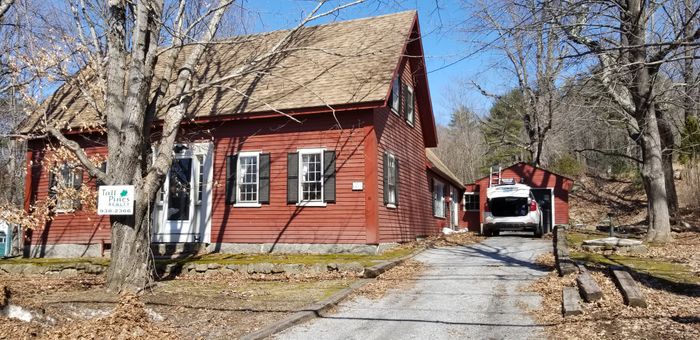


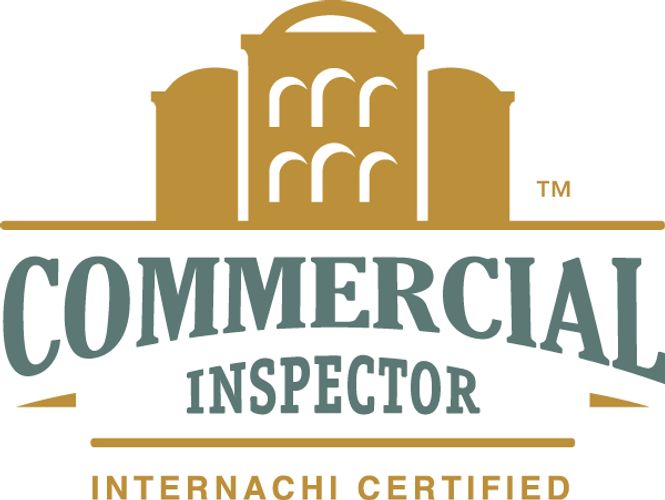


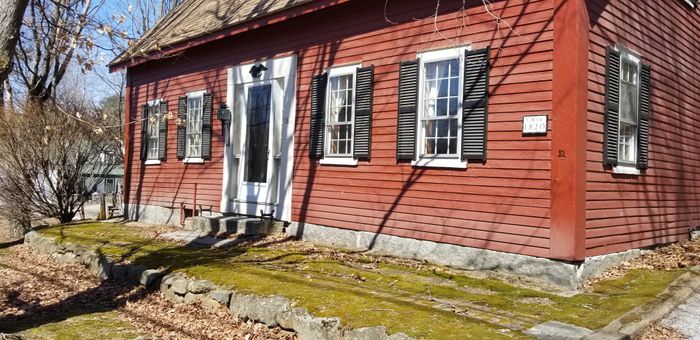
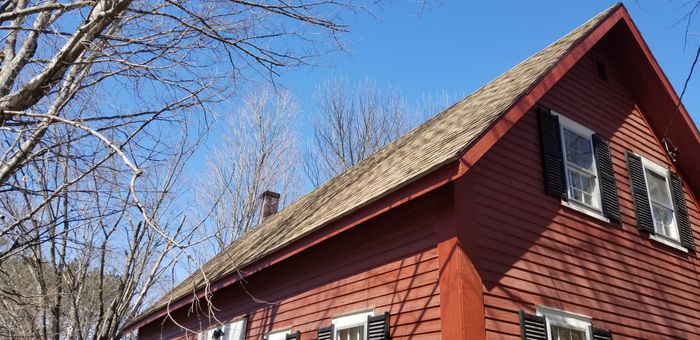
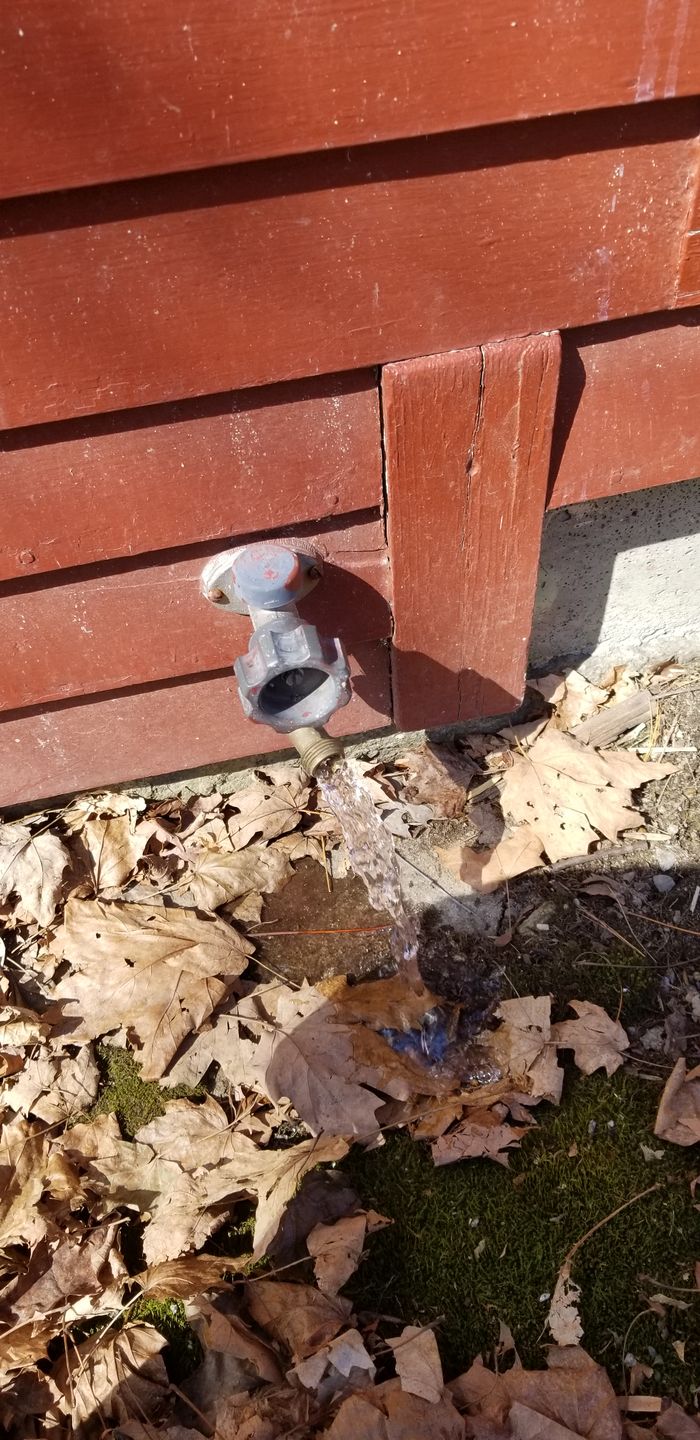
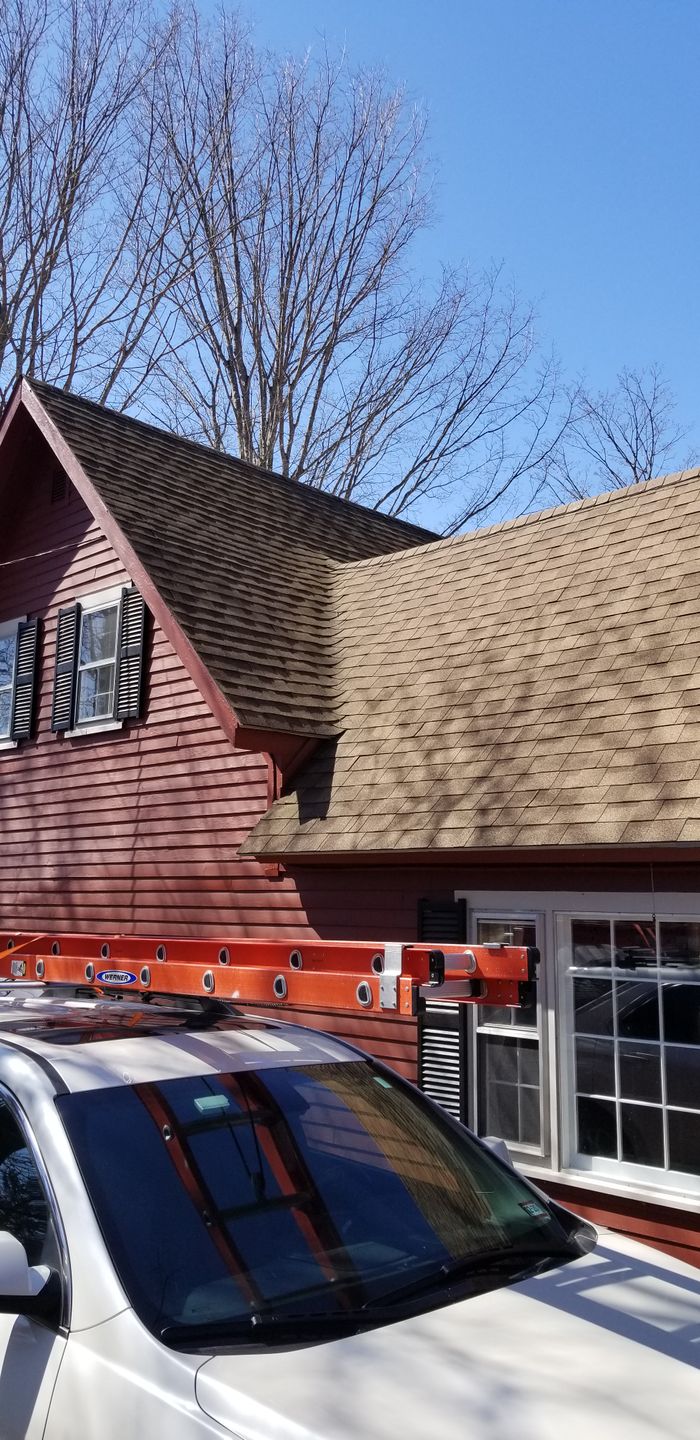
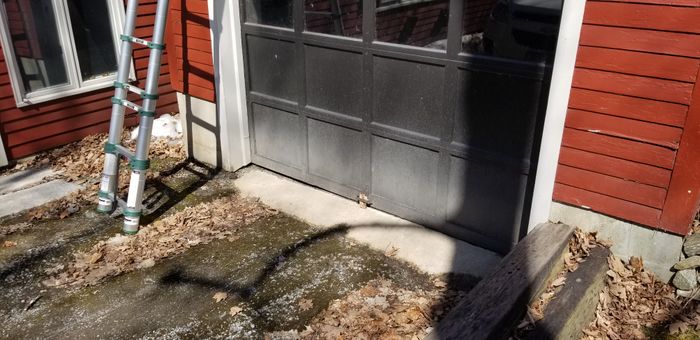

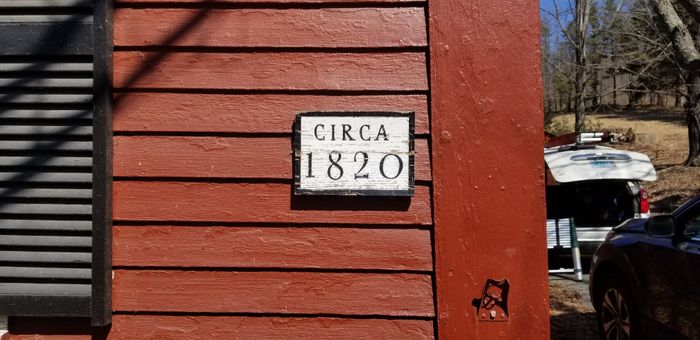
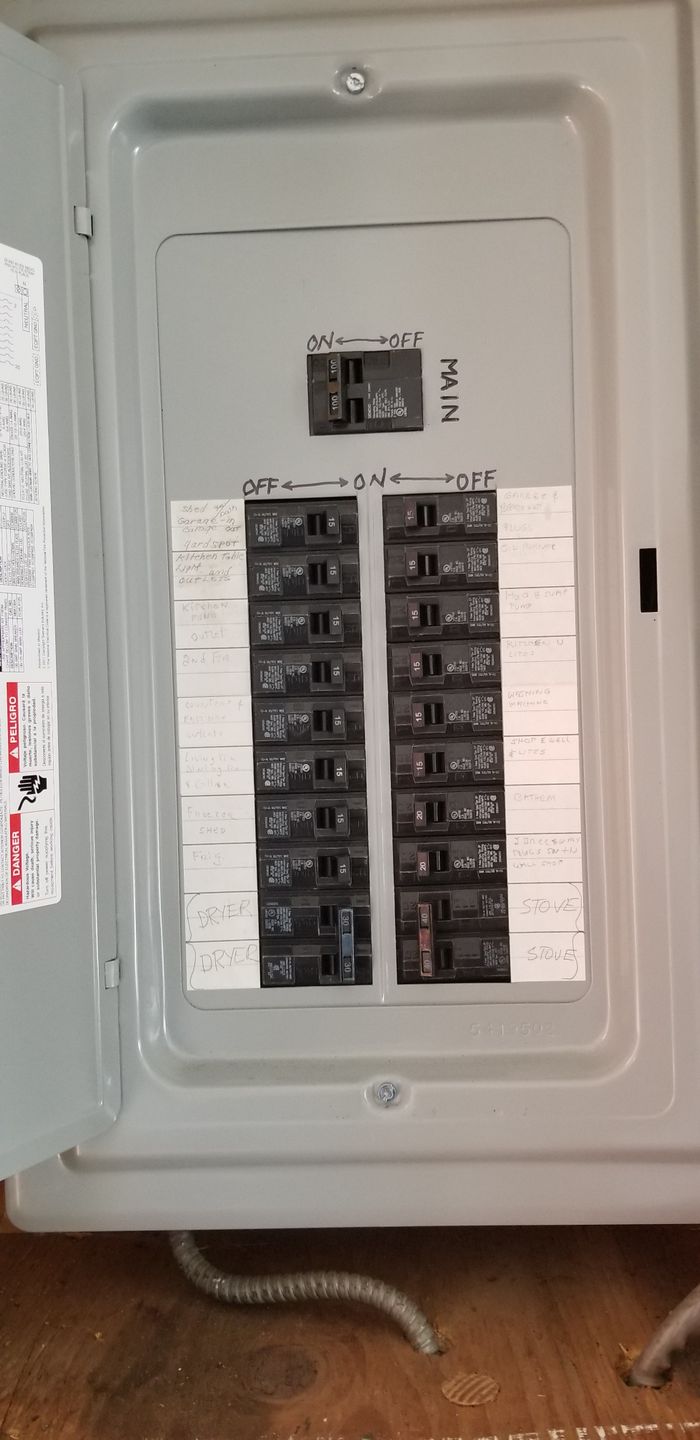

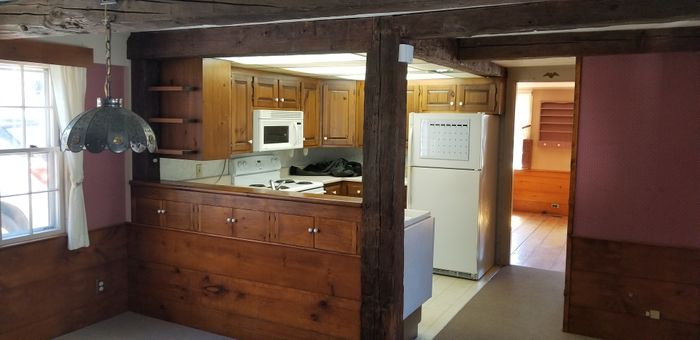

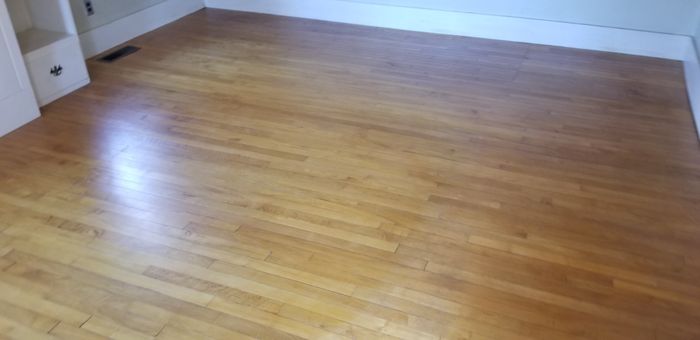
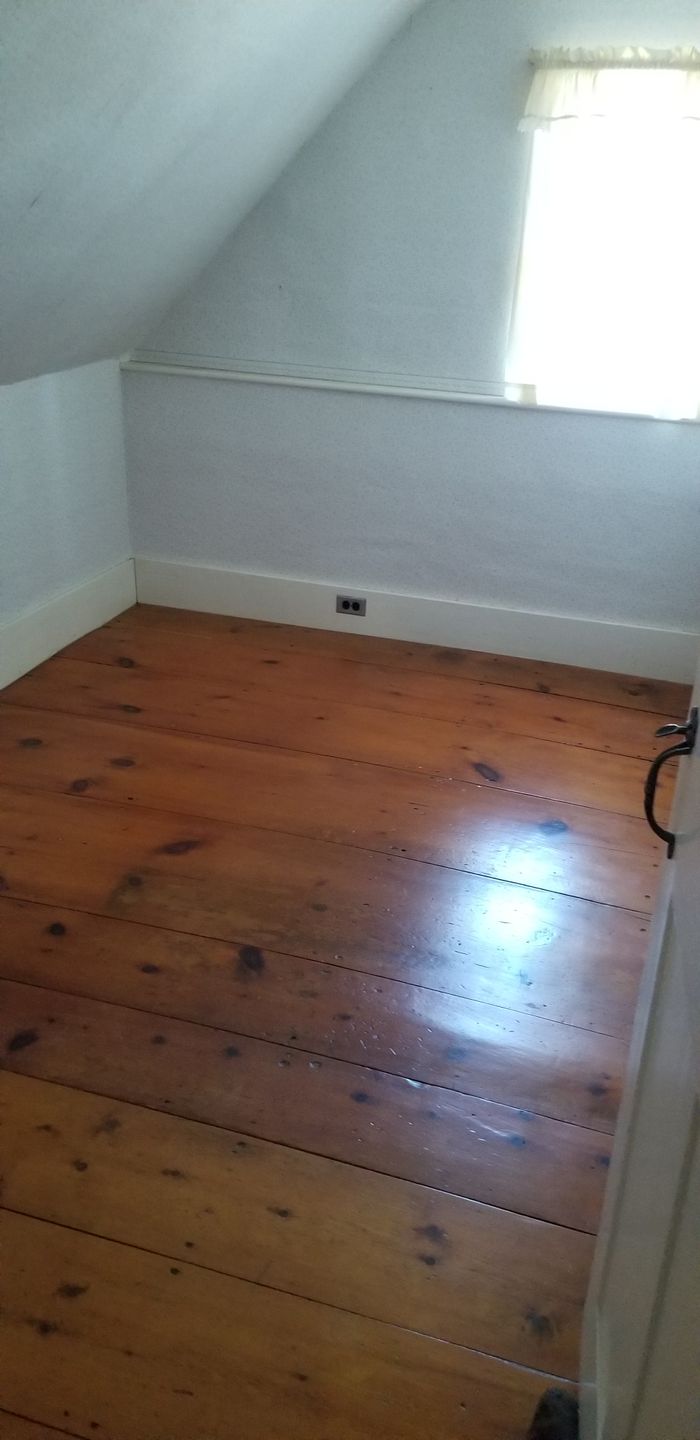
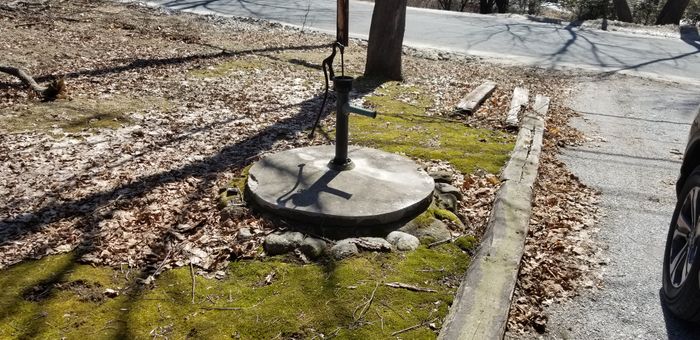
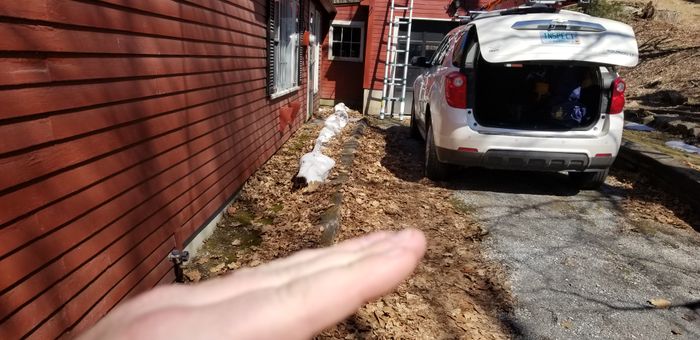
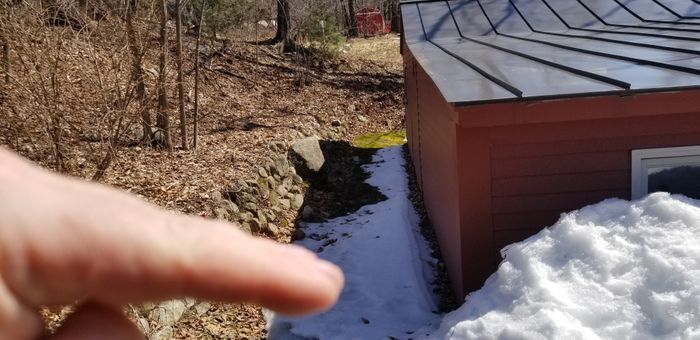
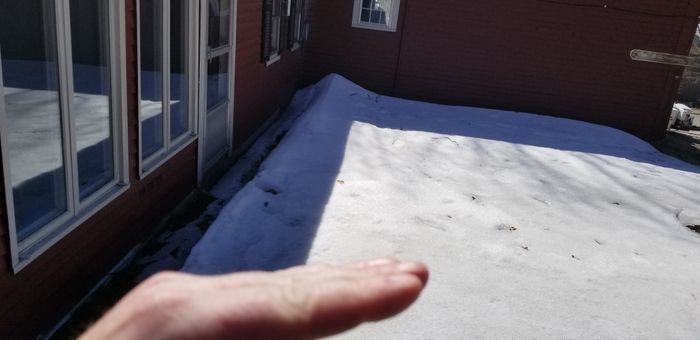
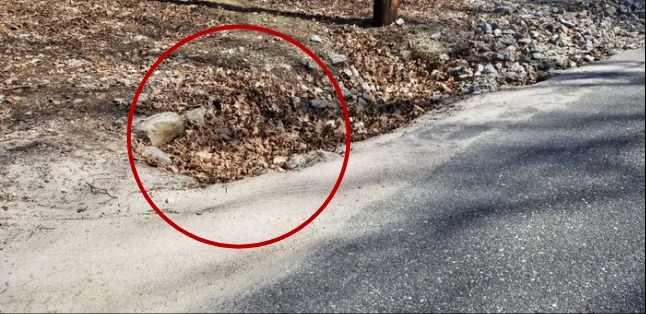
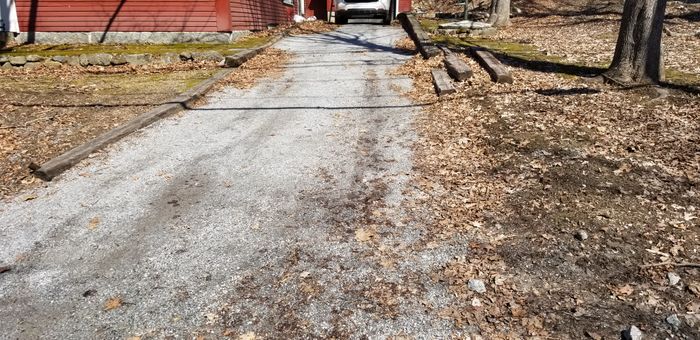
.jpg)
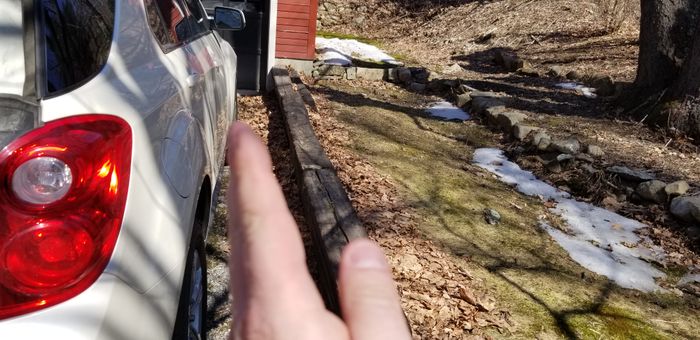
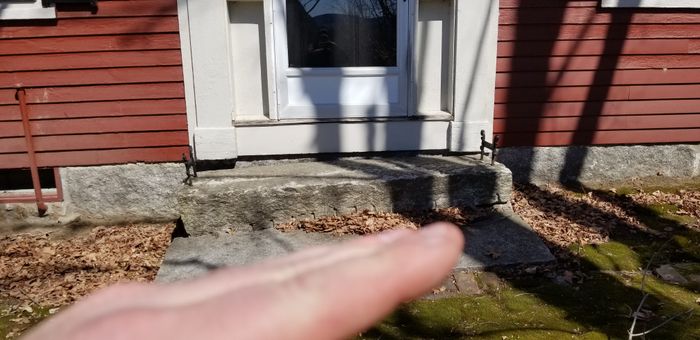
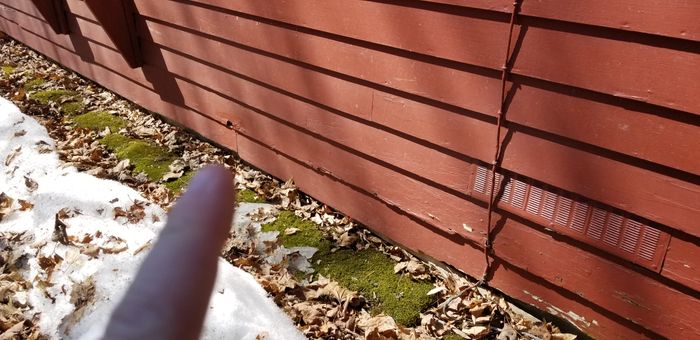
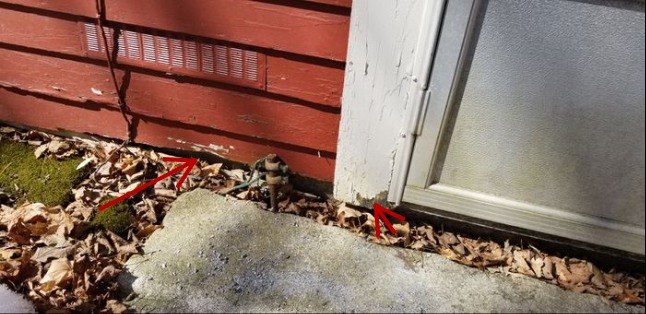
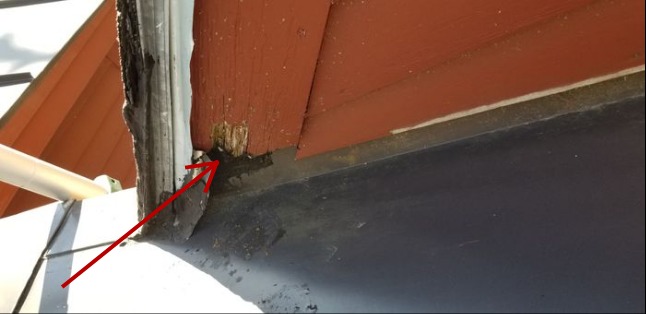
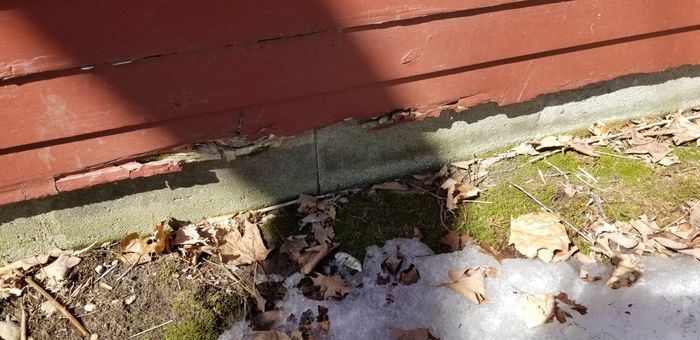



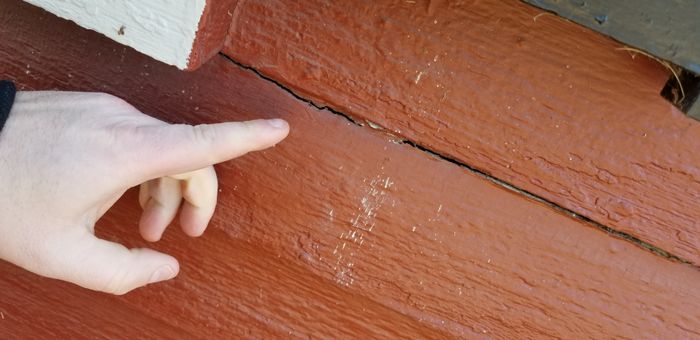
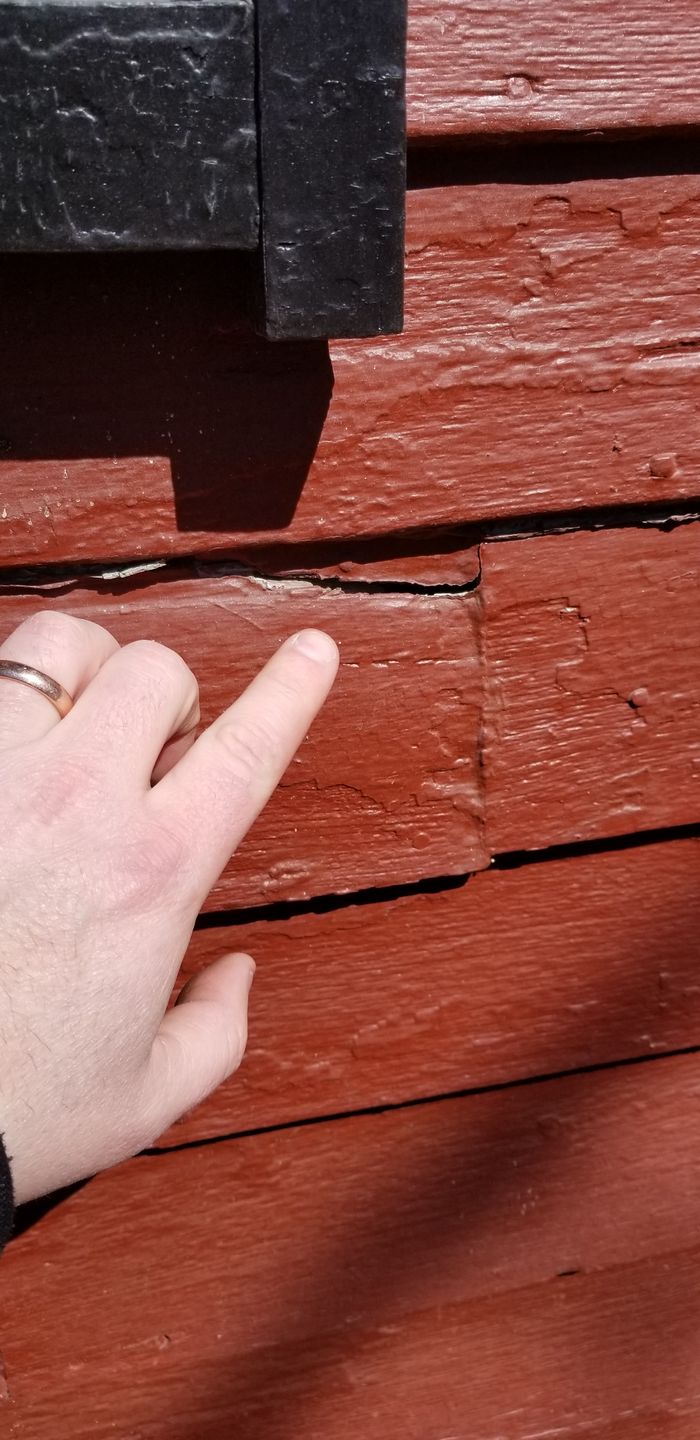
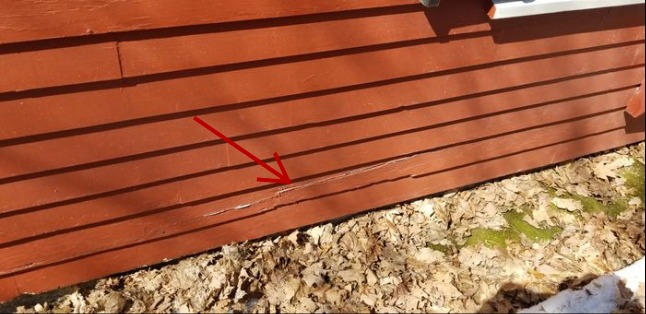

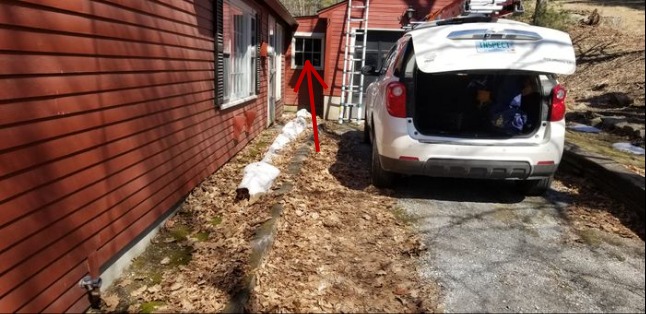
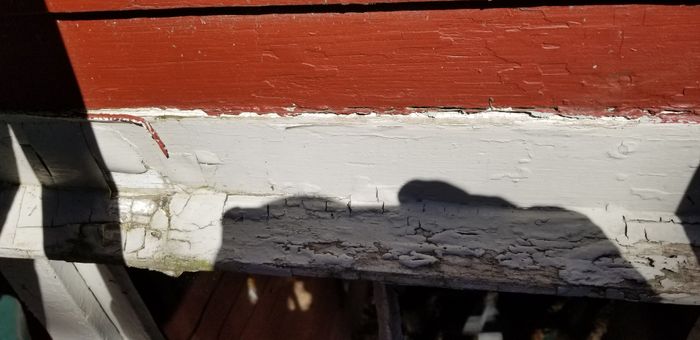
.jpg)
.jpg)
.jpg)
.jpg)

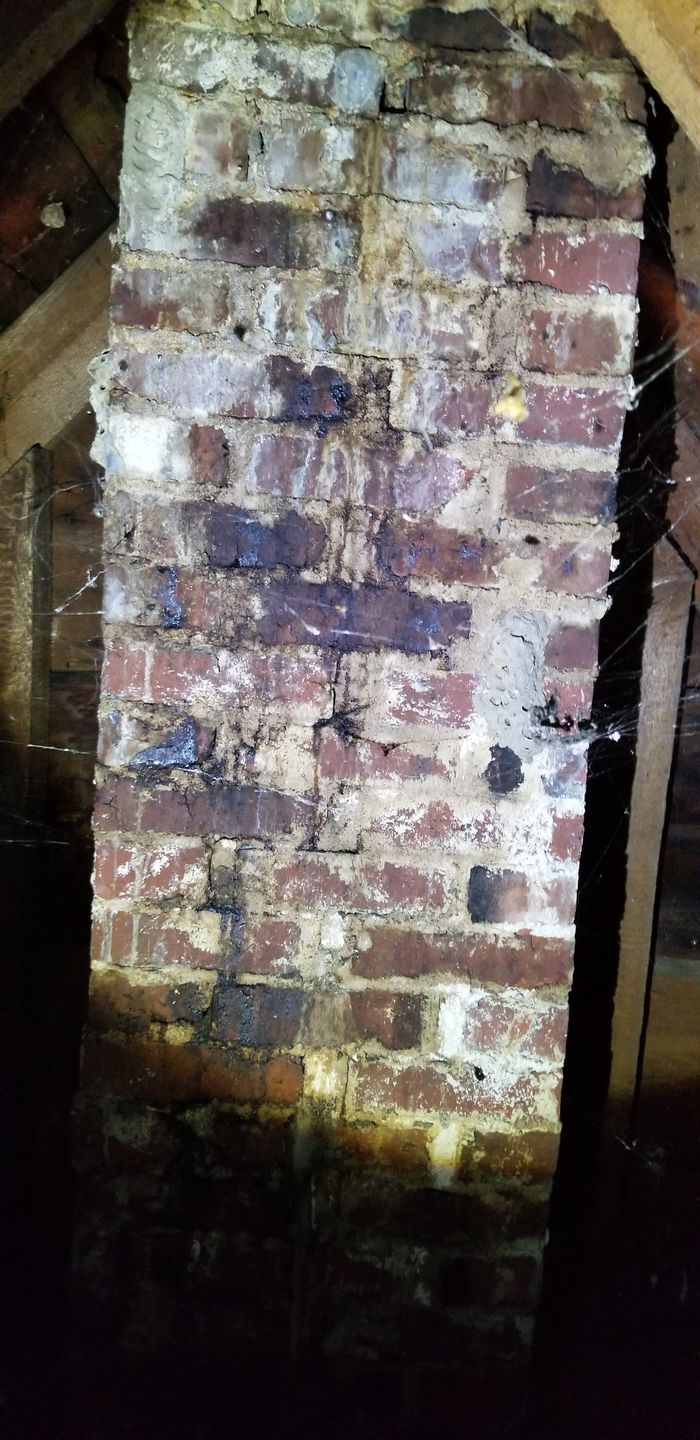
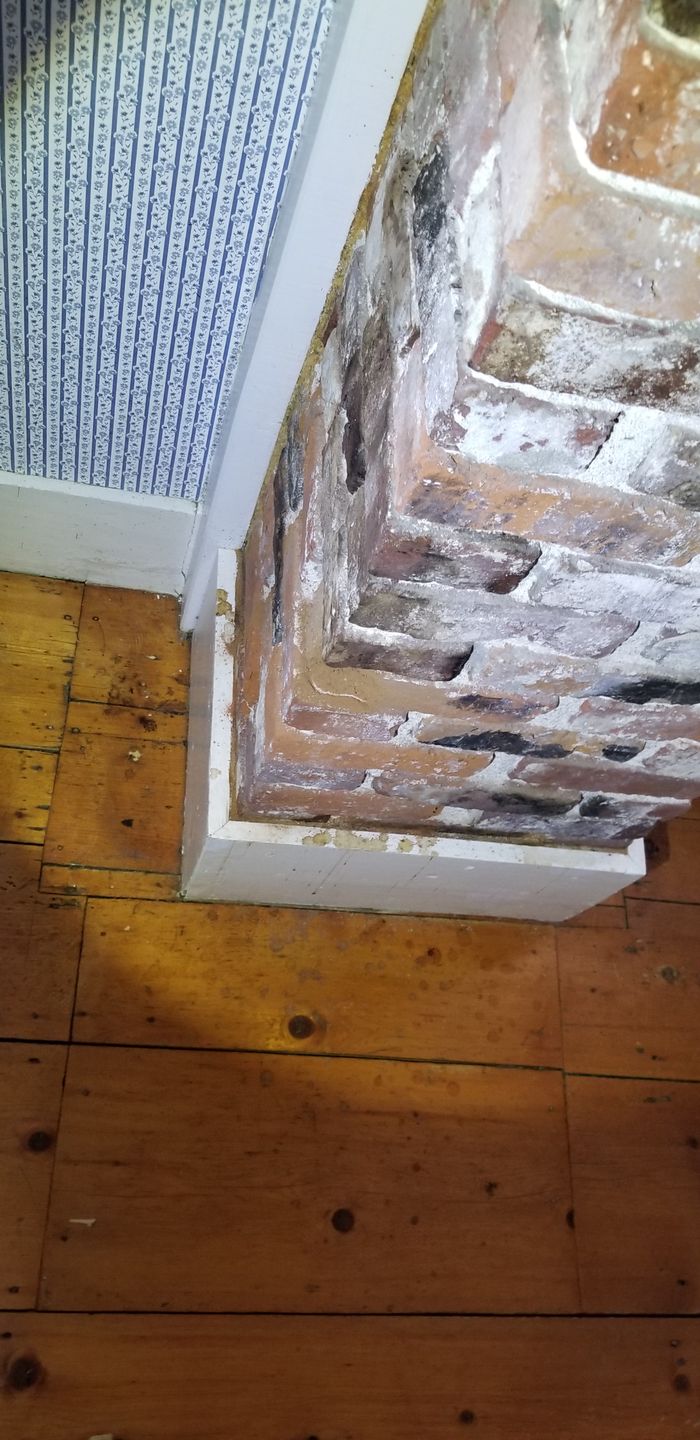

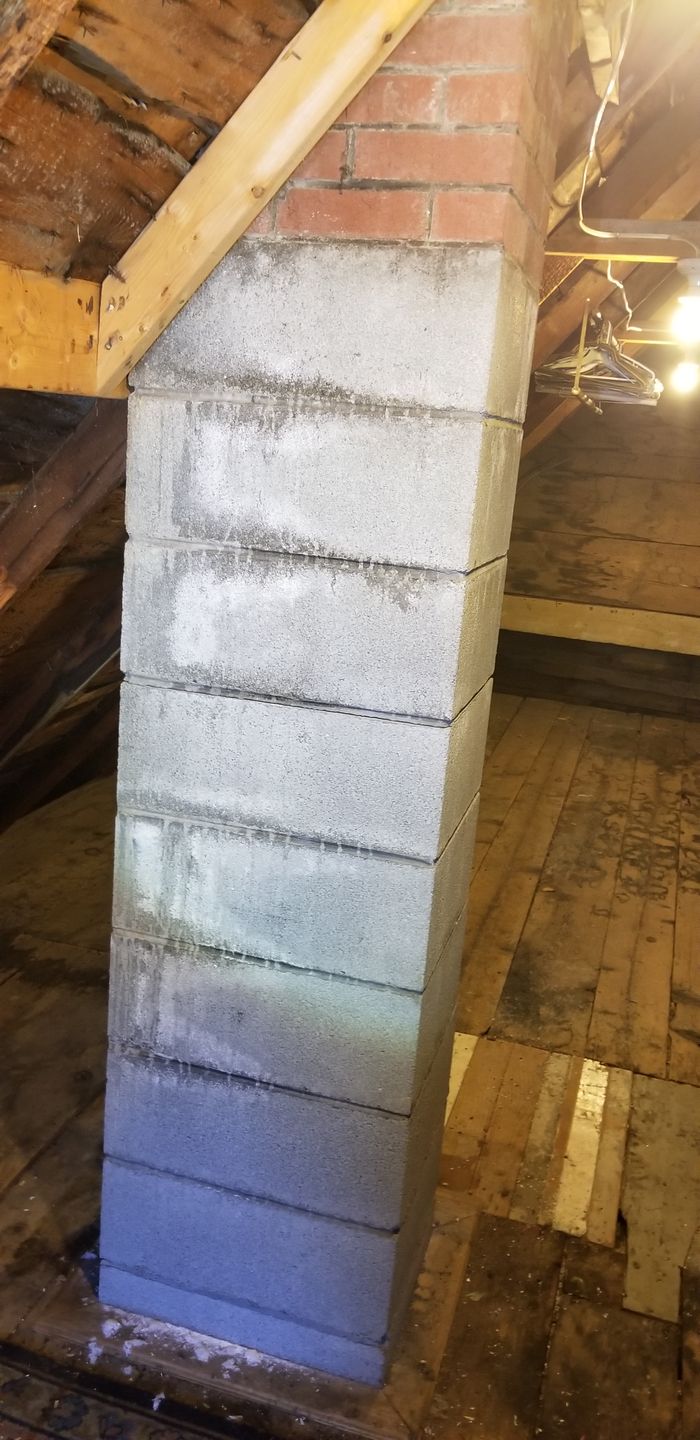
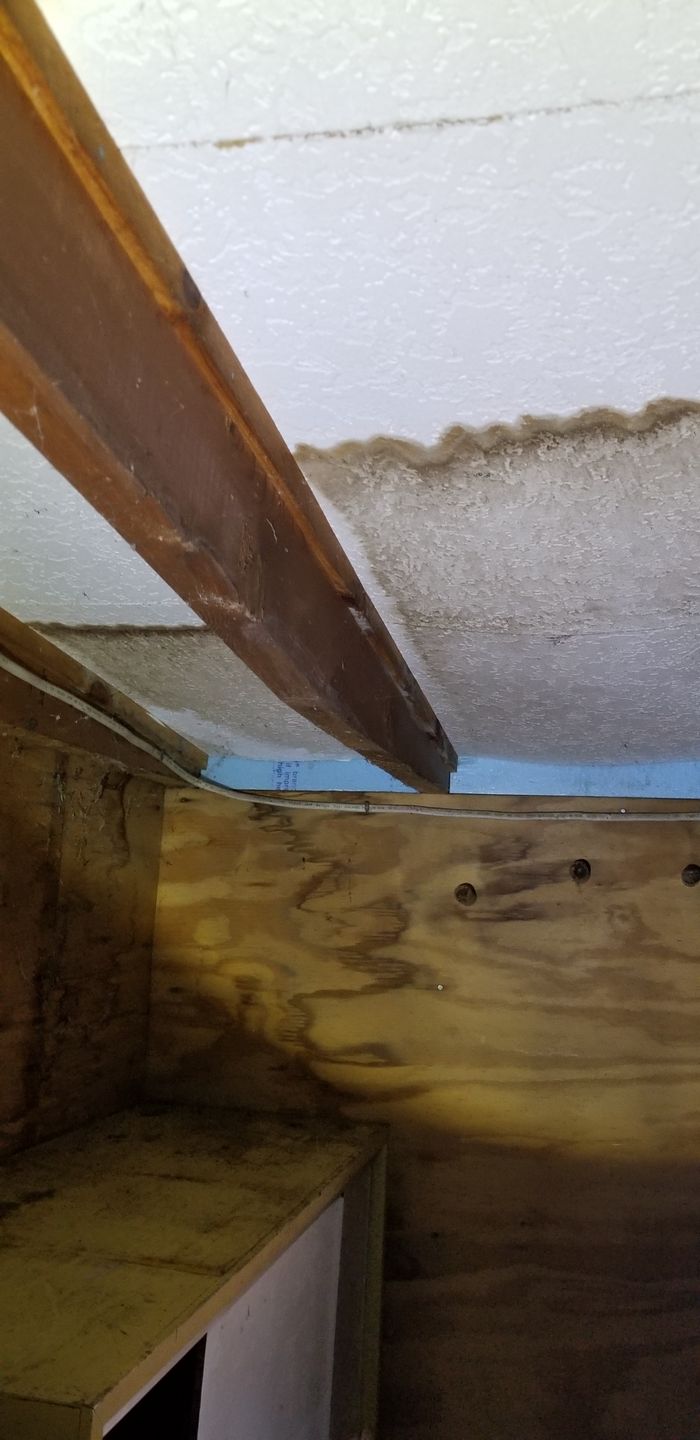
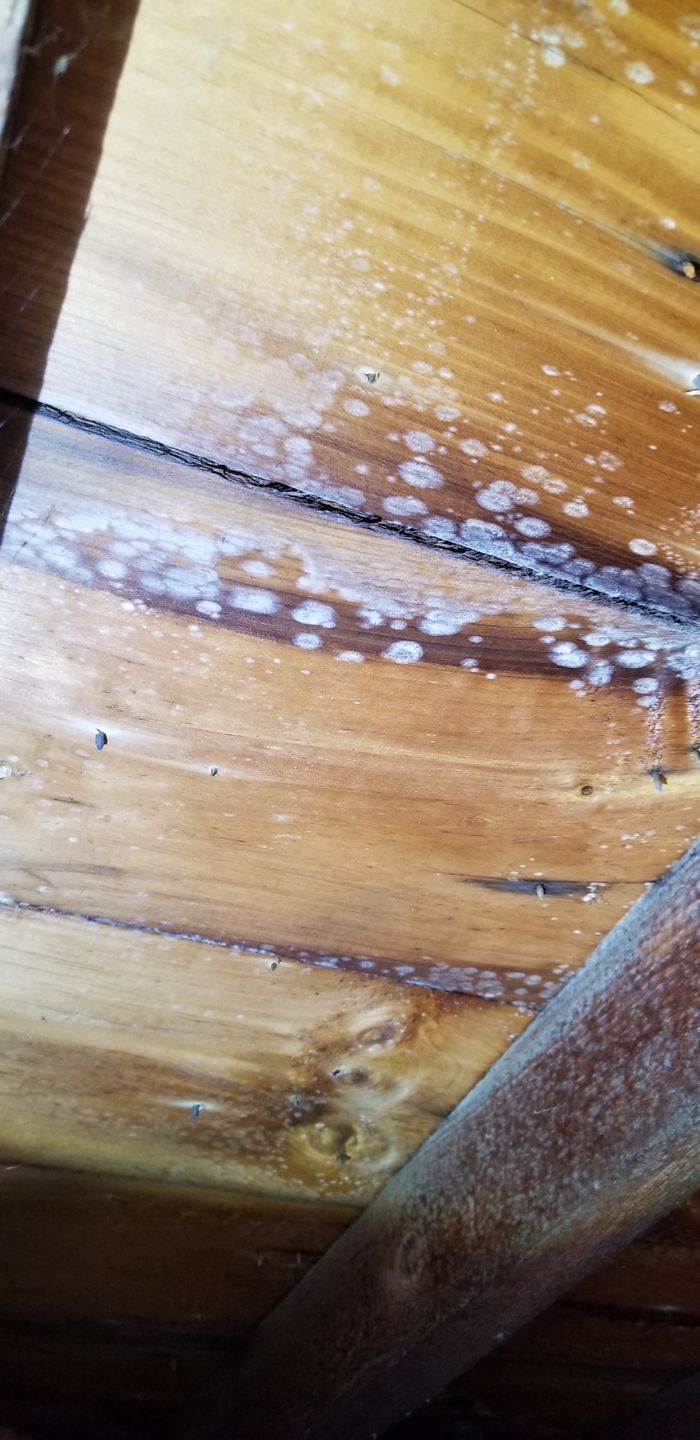

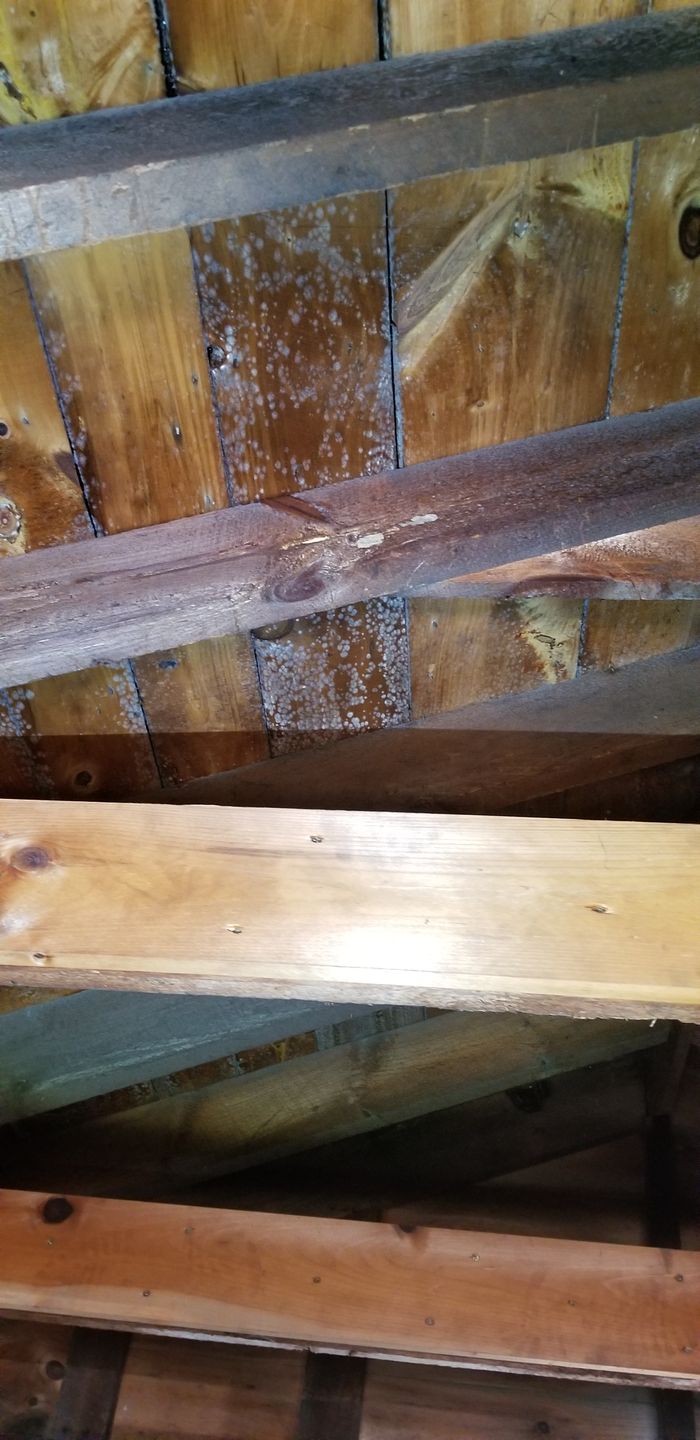
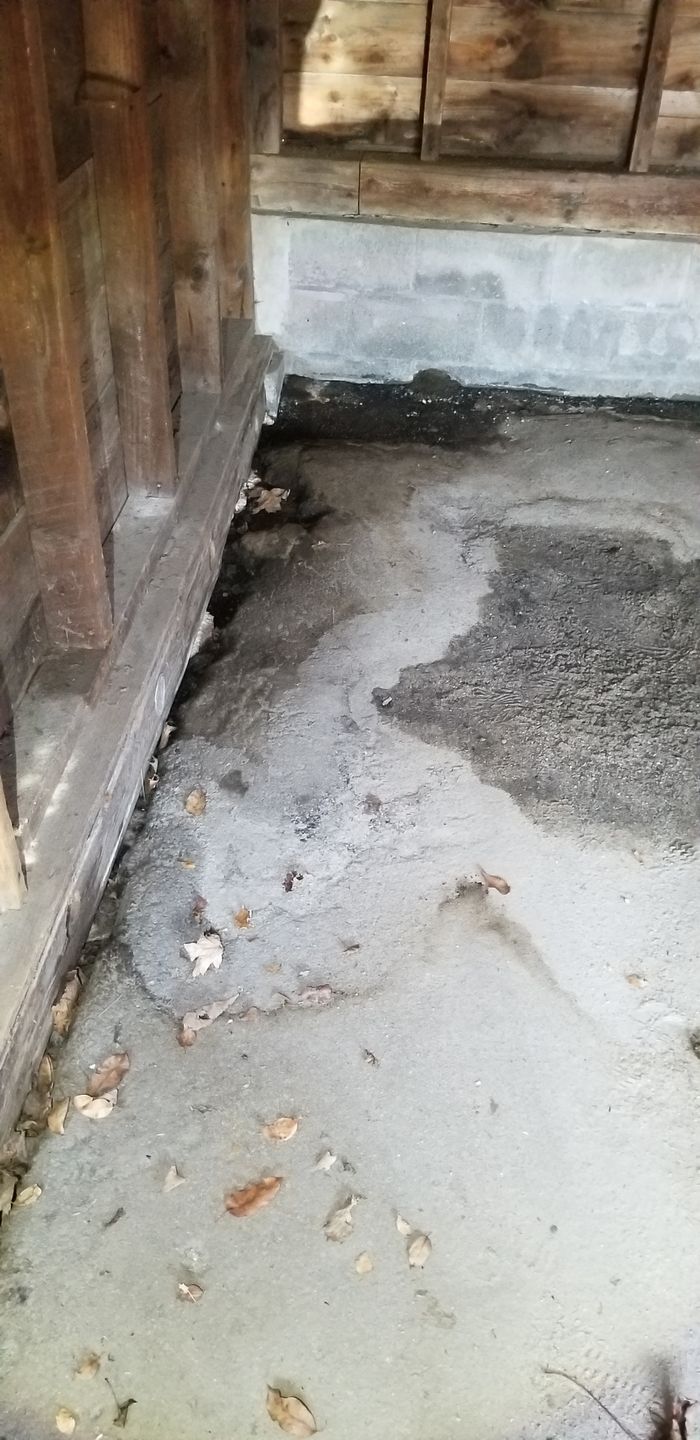

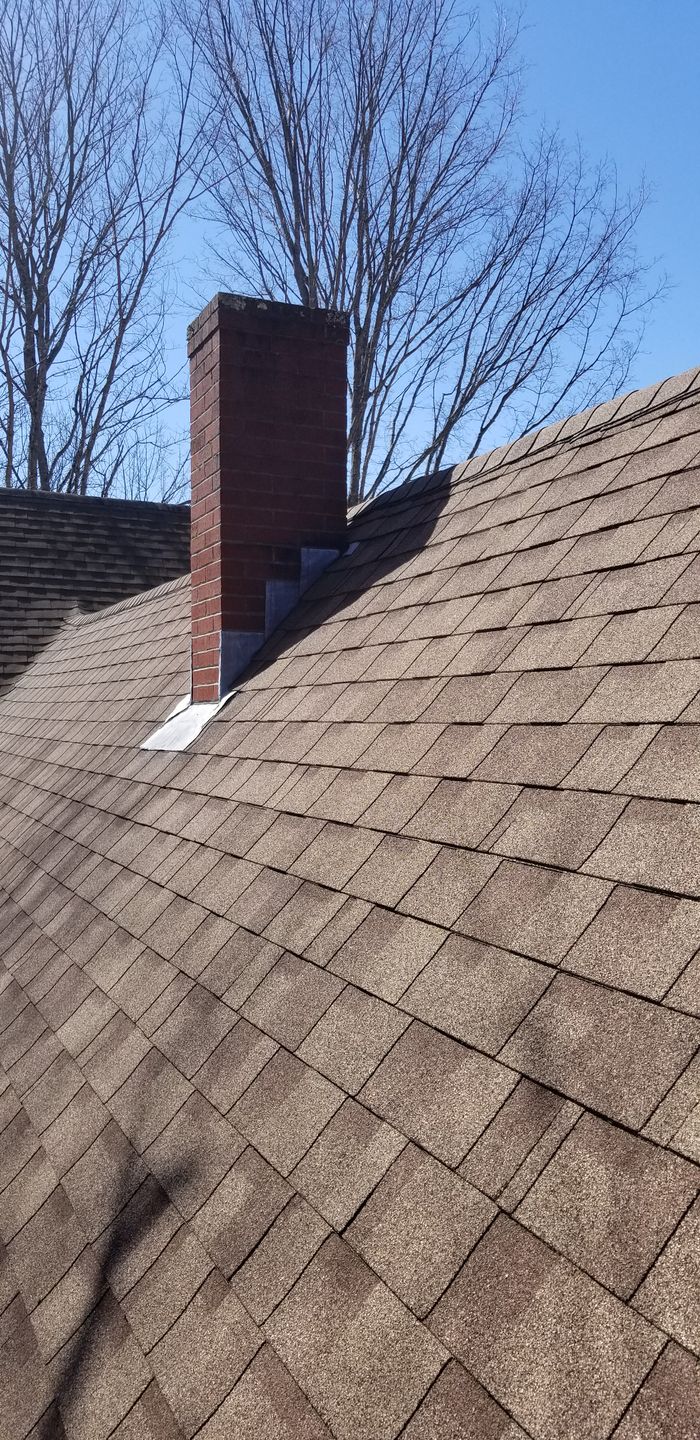

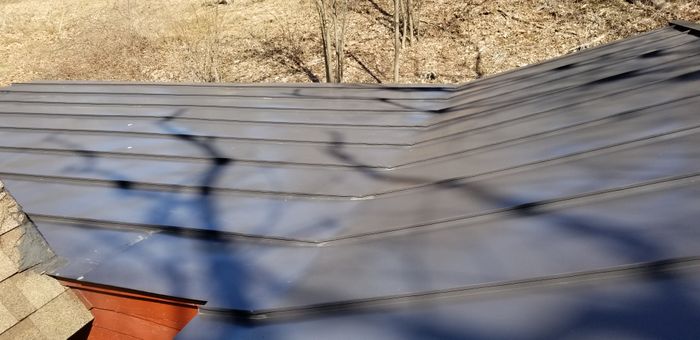
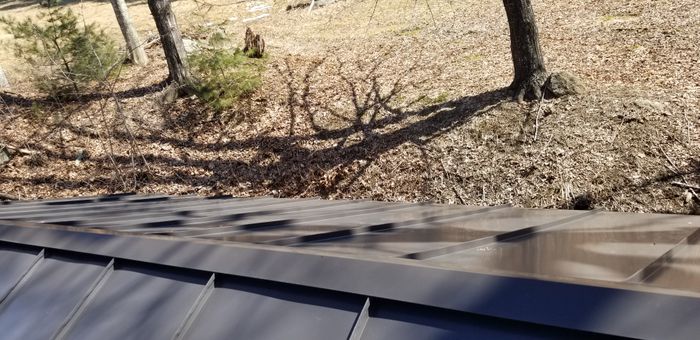


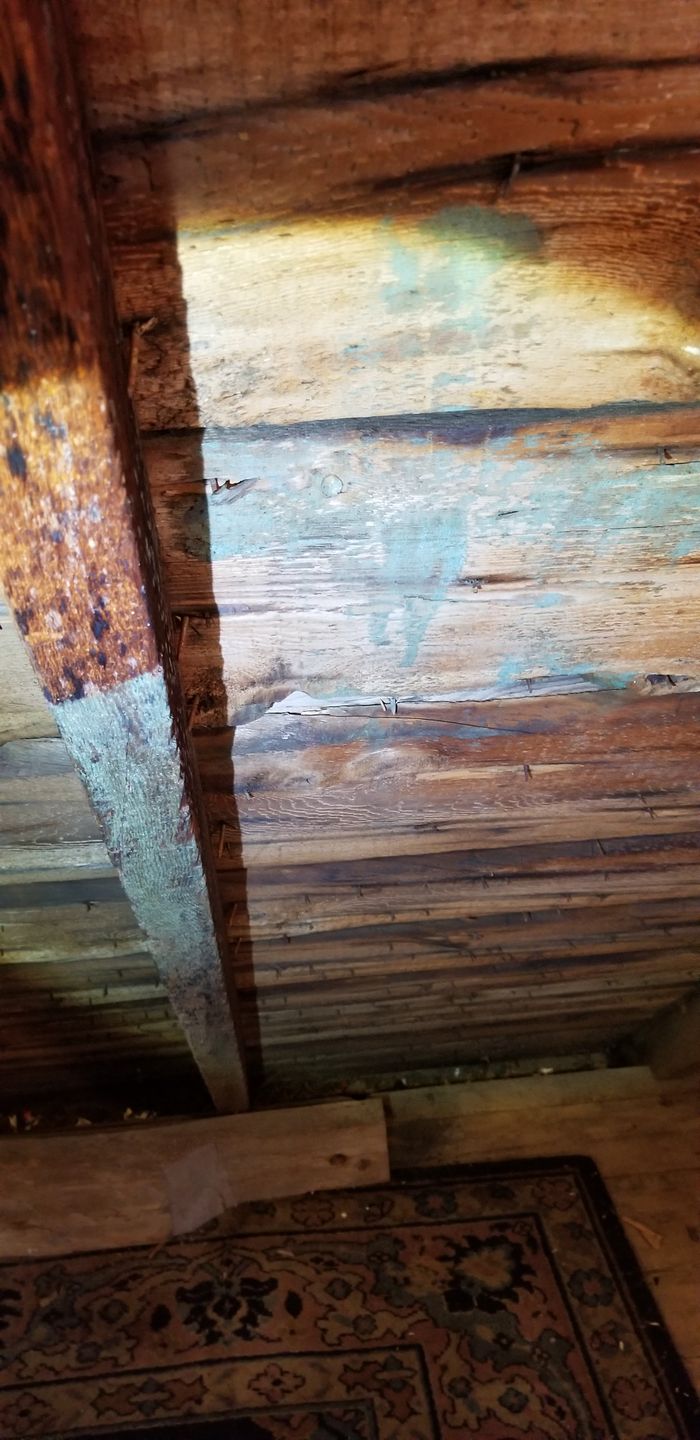

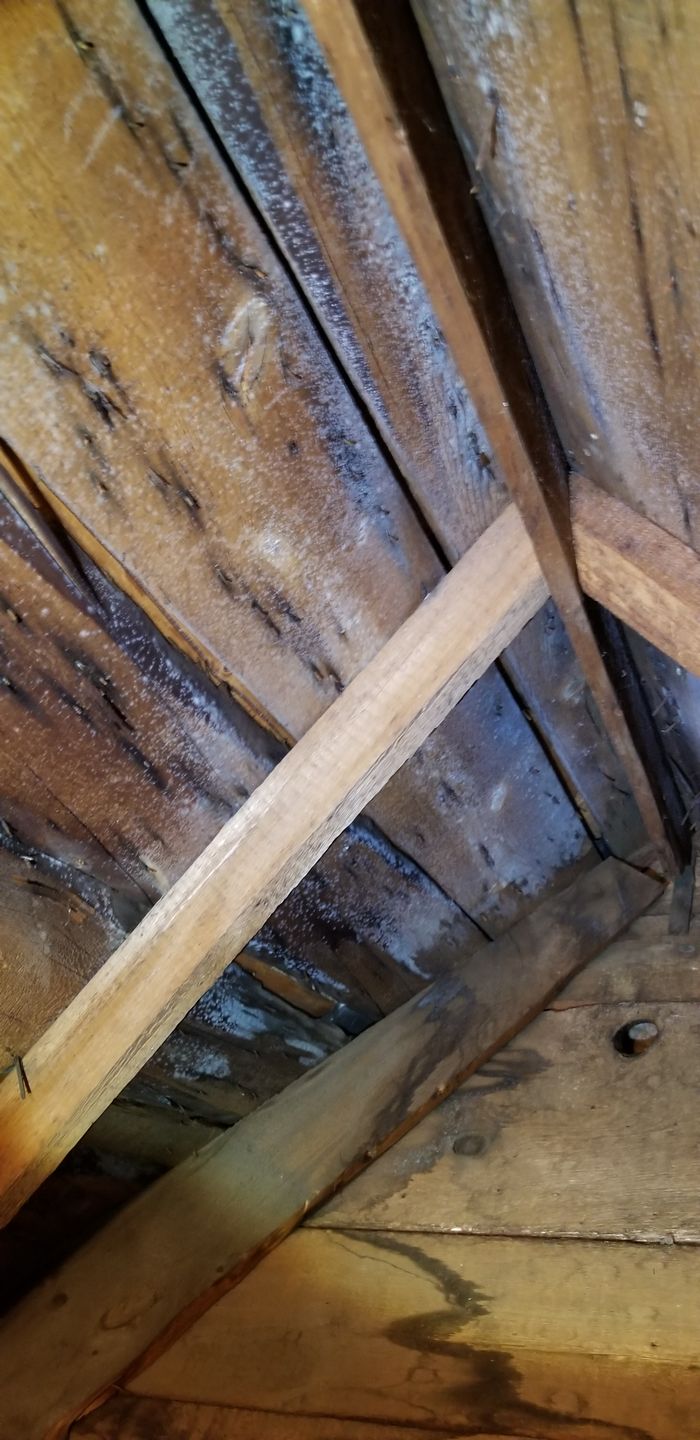

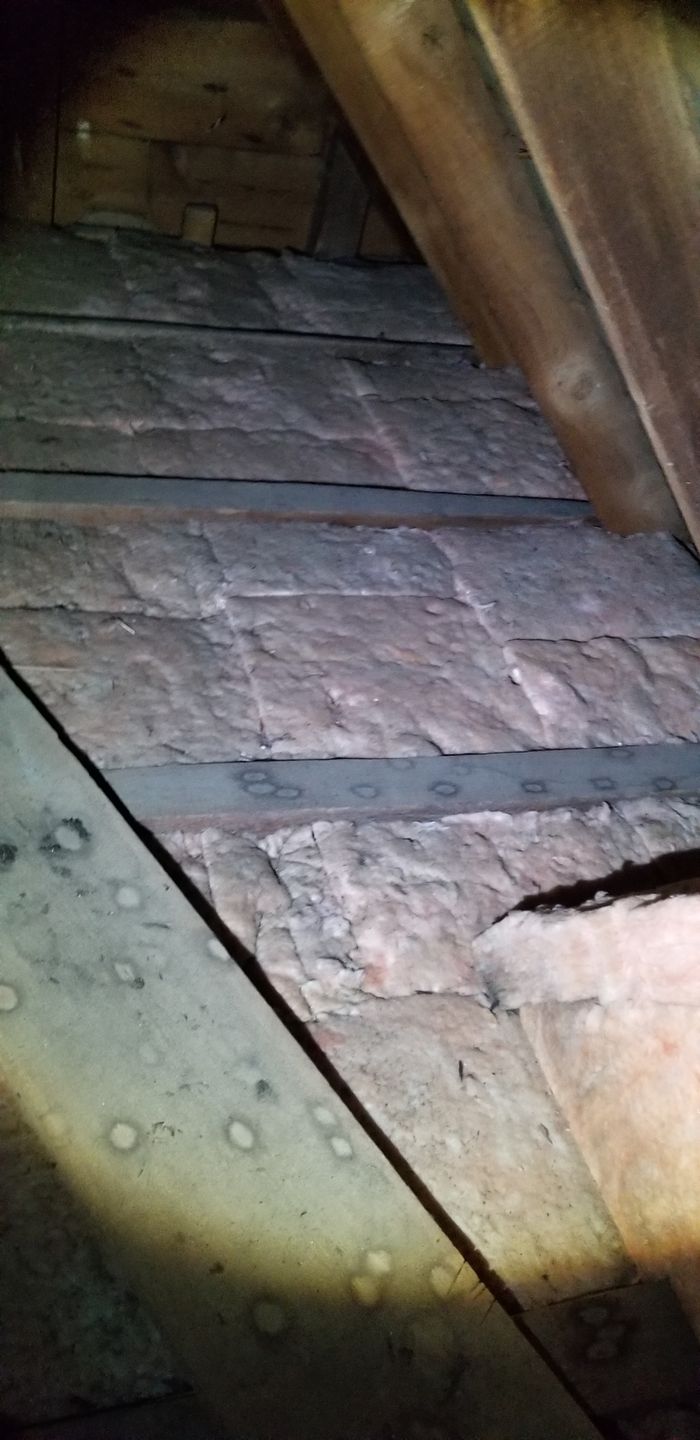
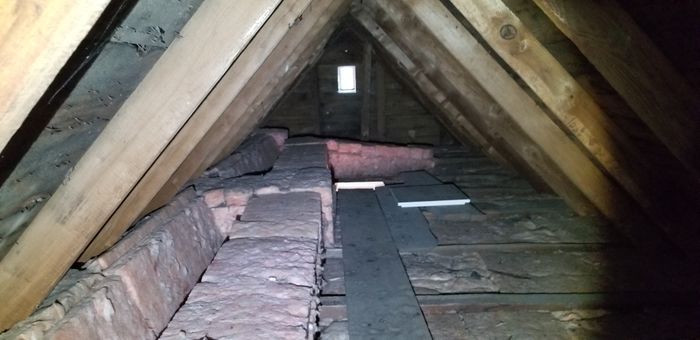

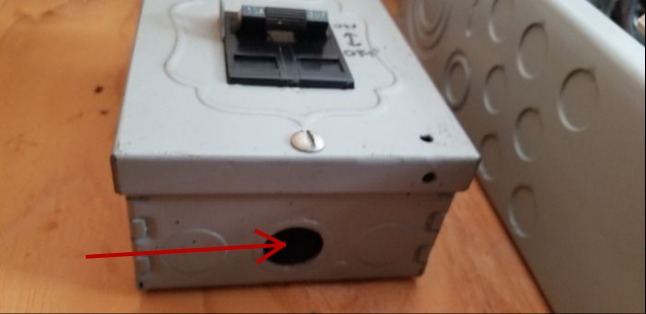
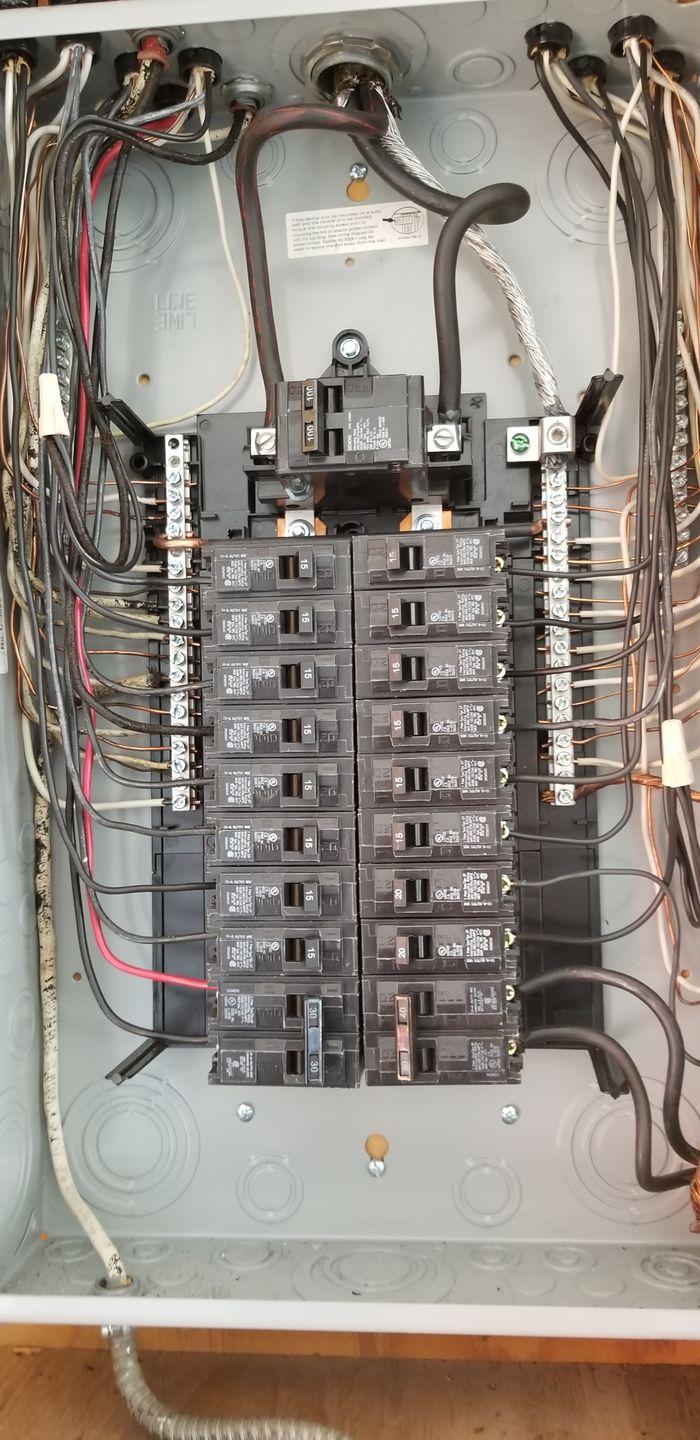
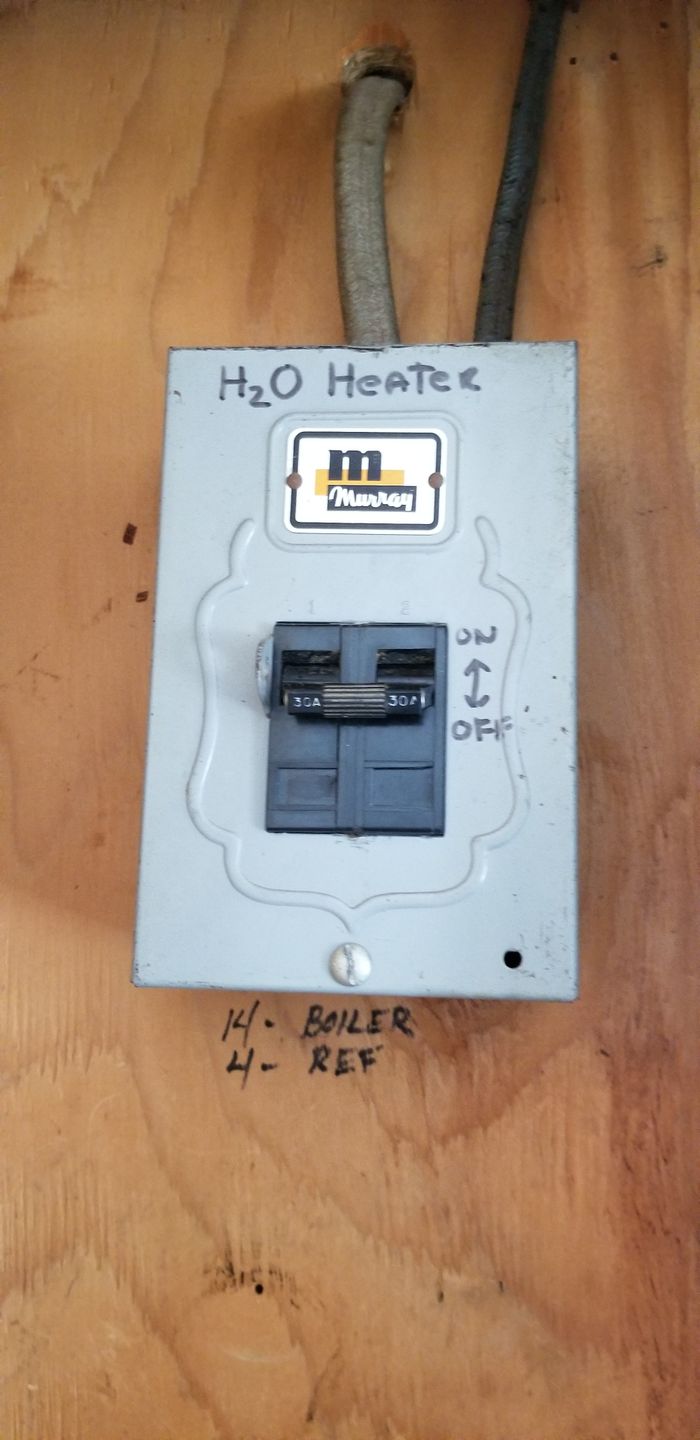
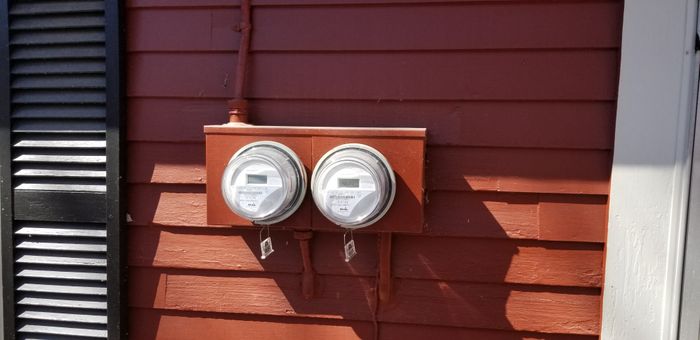
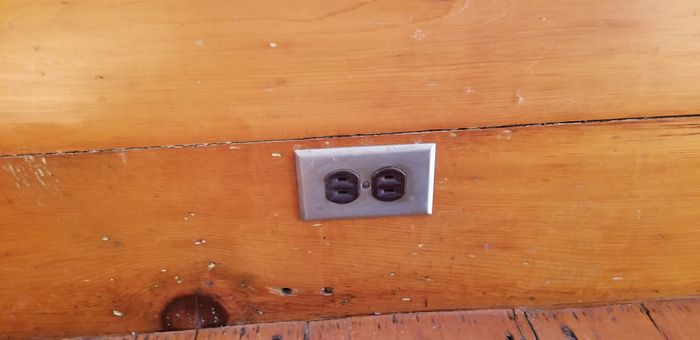
.jpg)
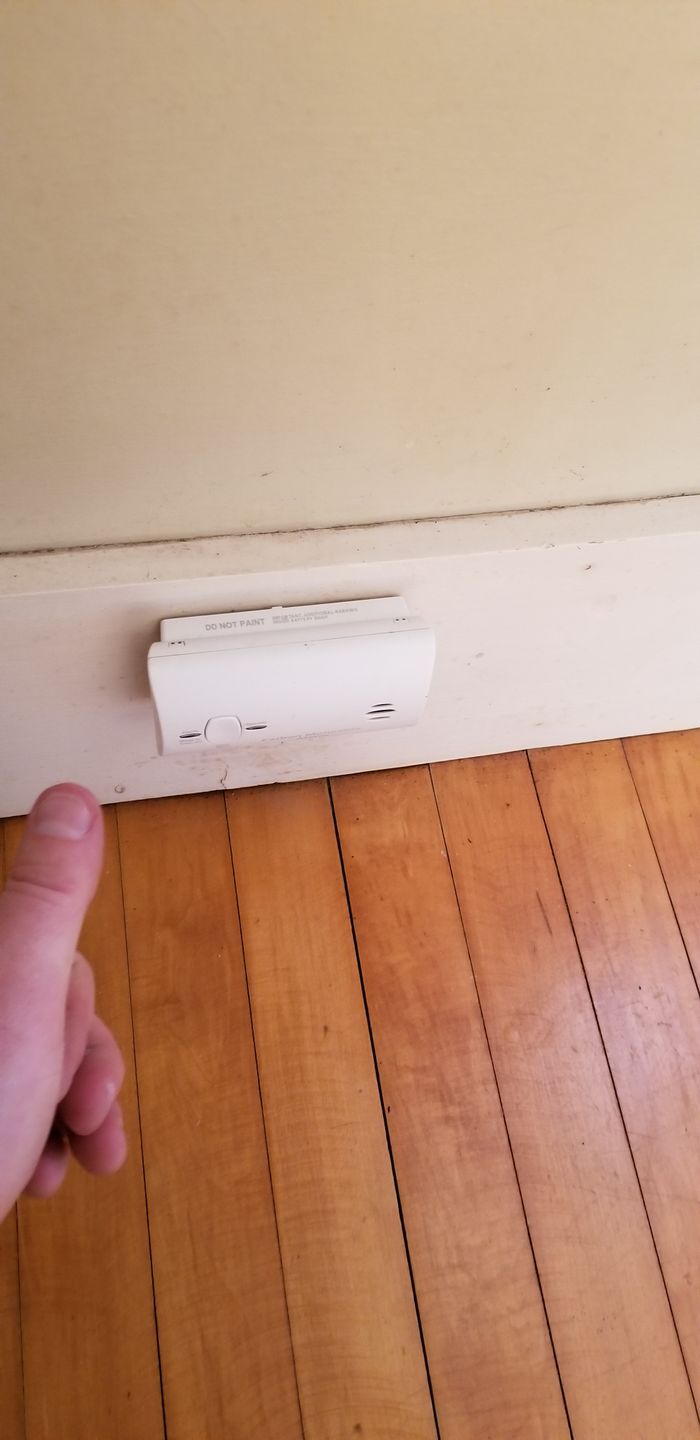
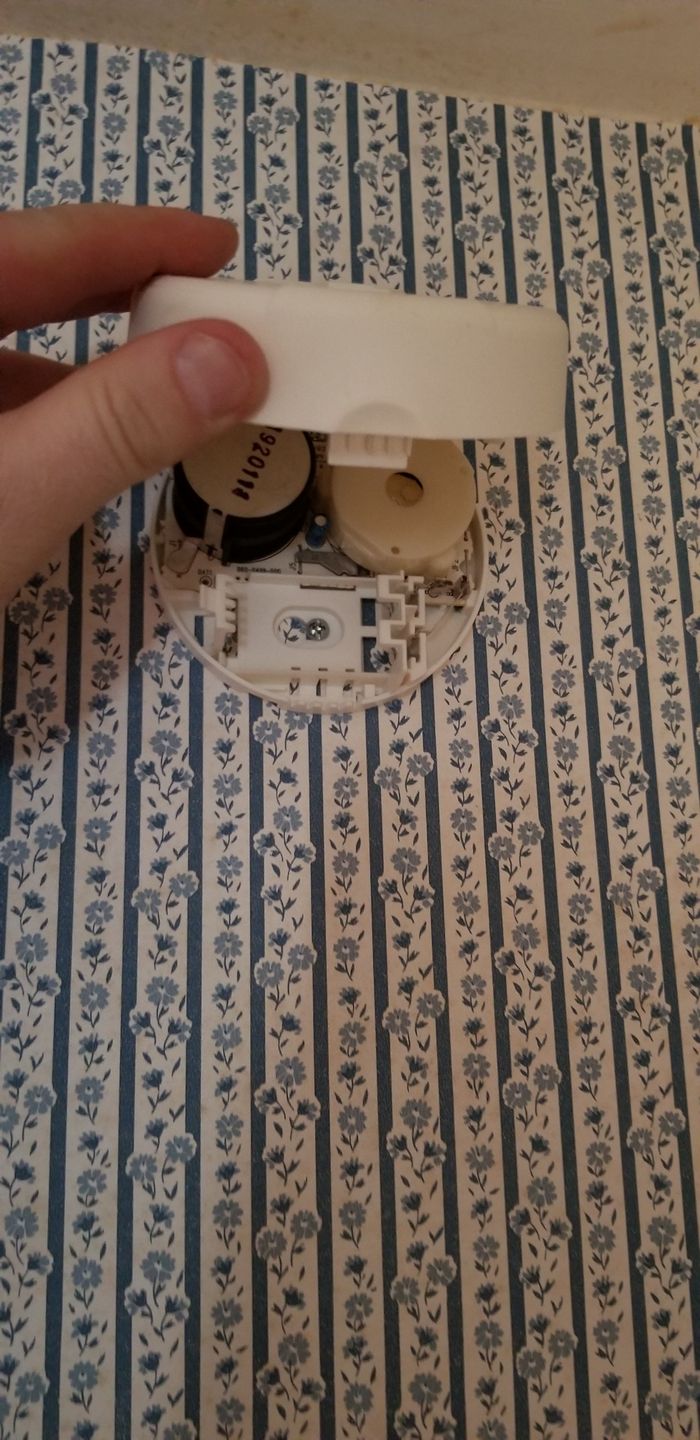
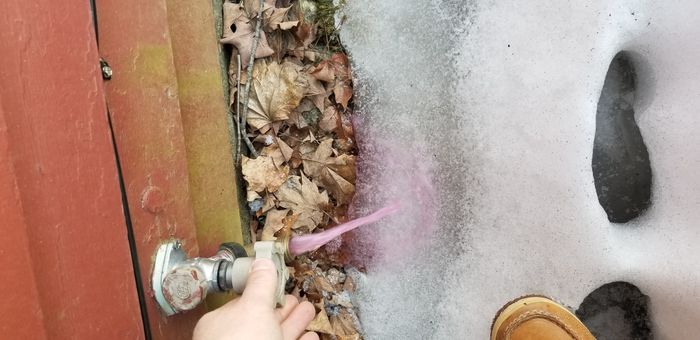
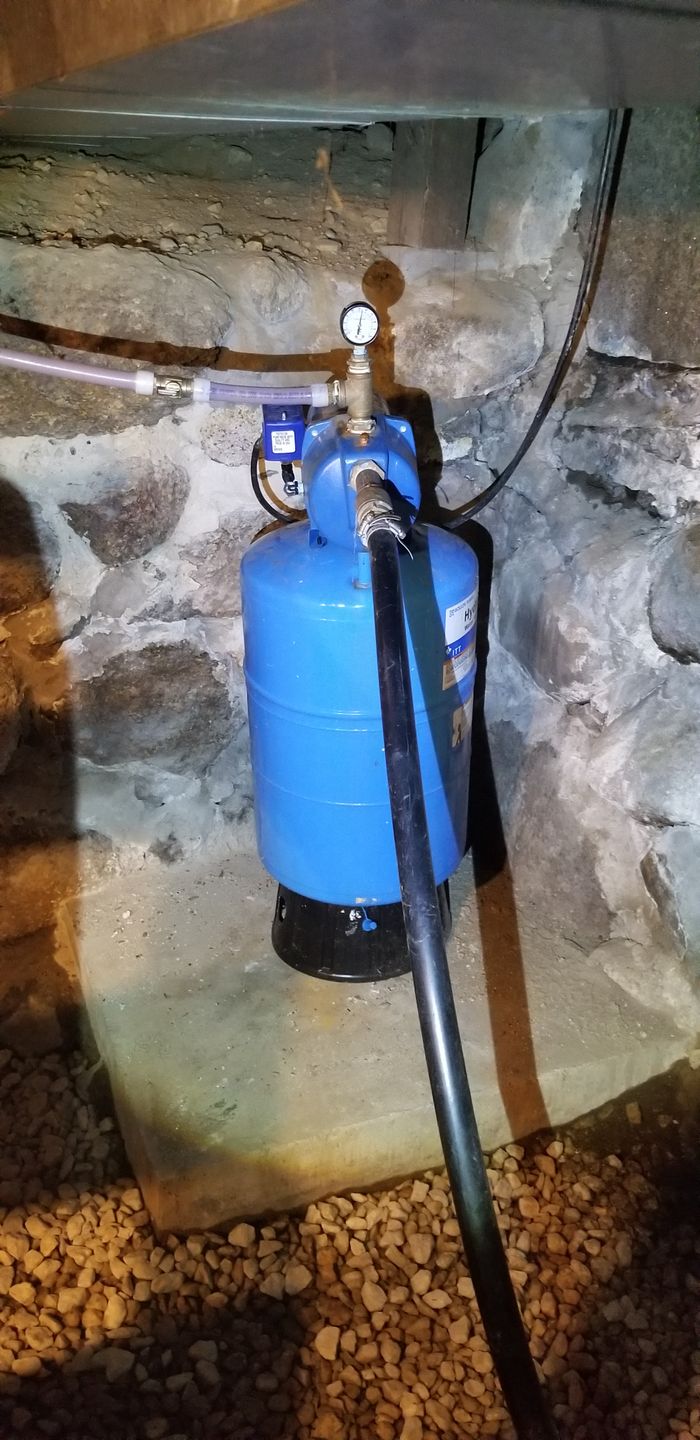

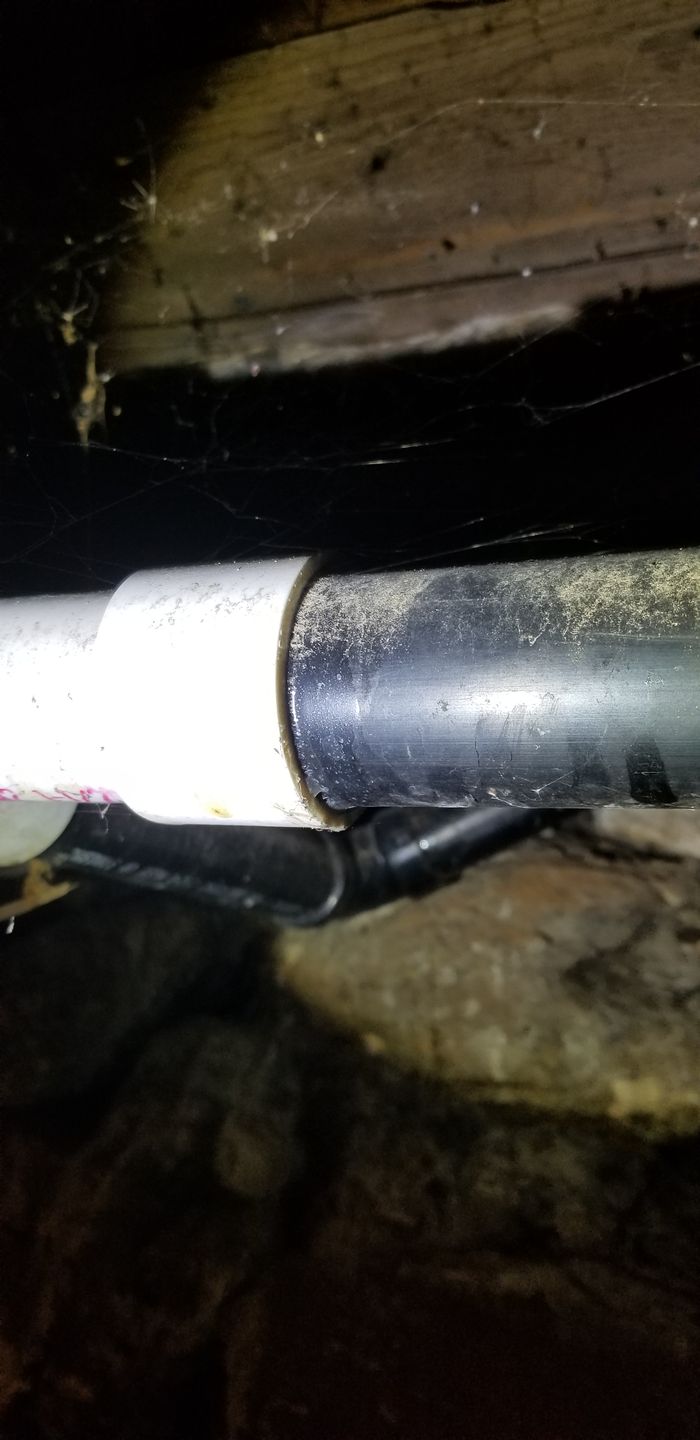
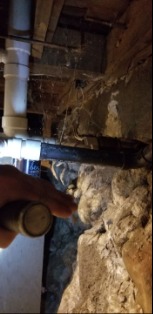

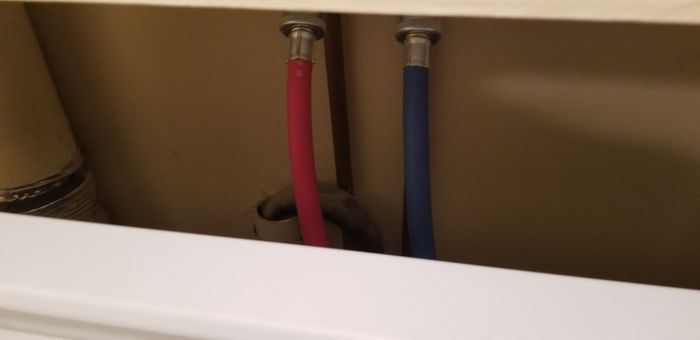
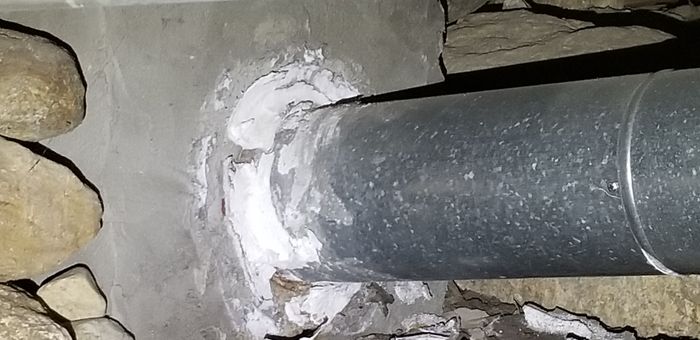
.jpg)
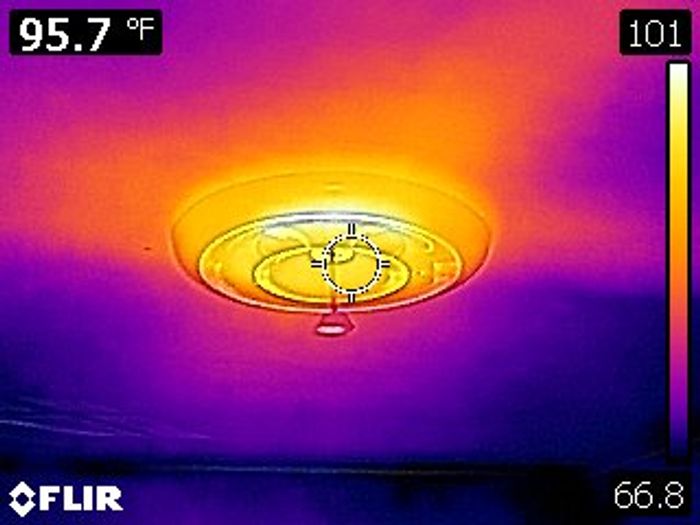
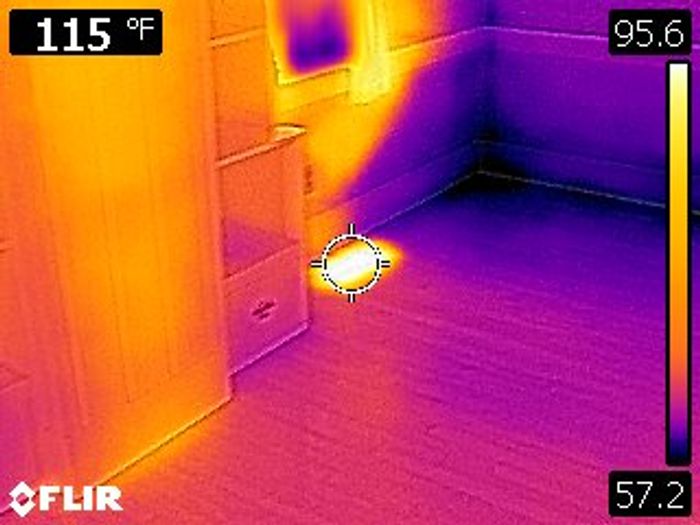
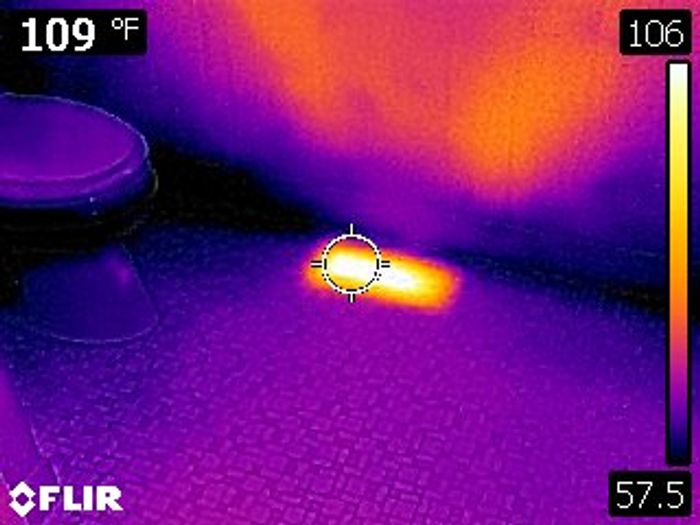
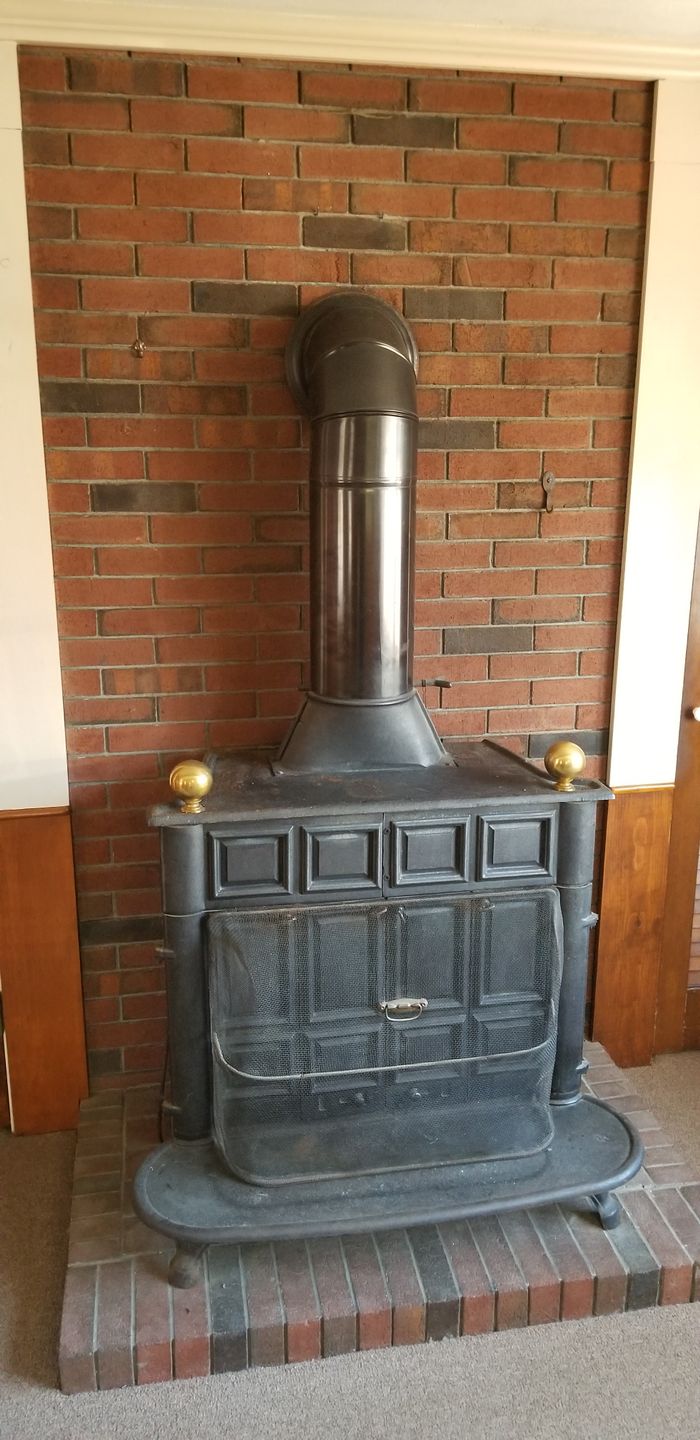
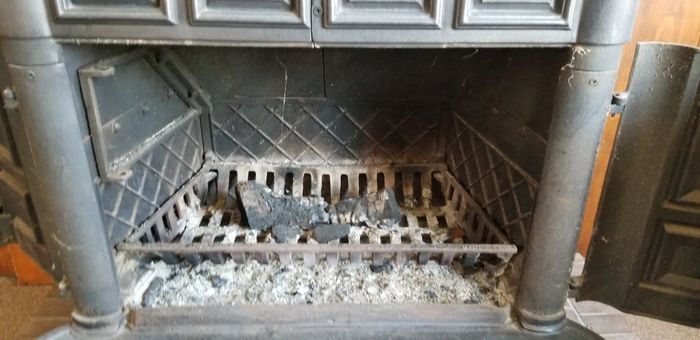

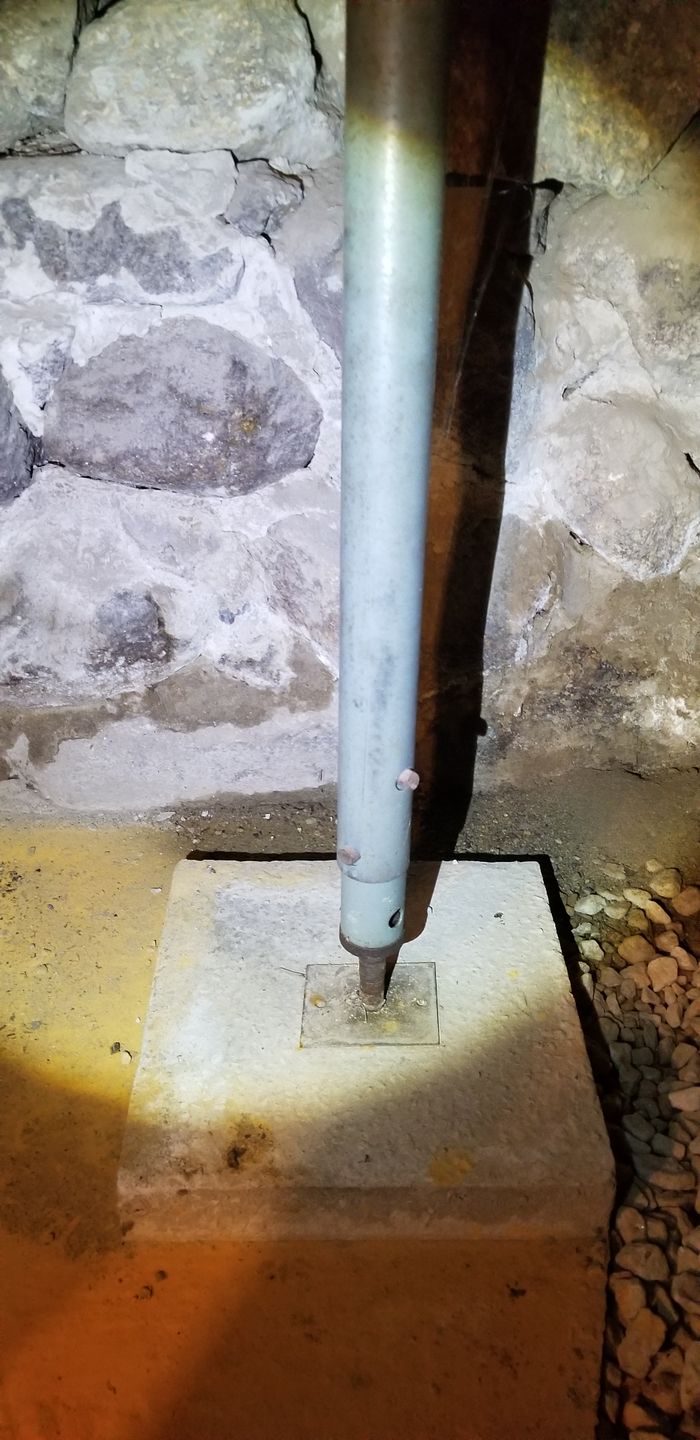
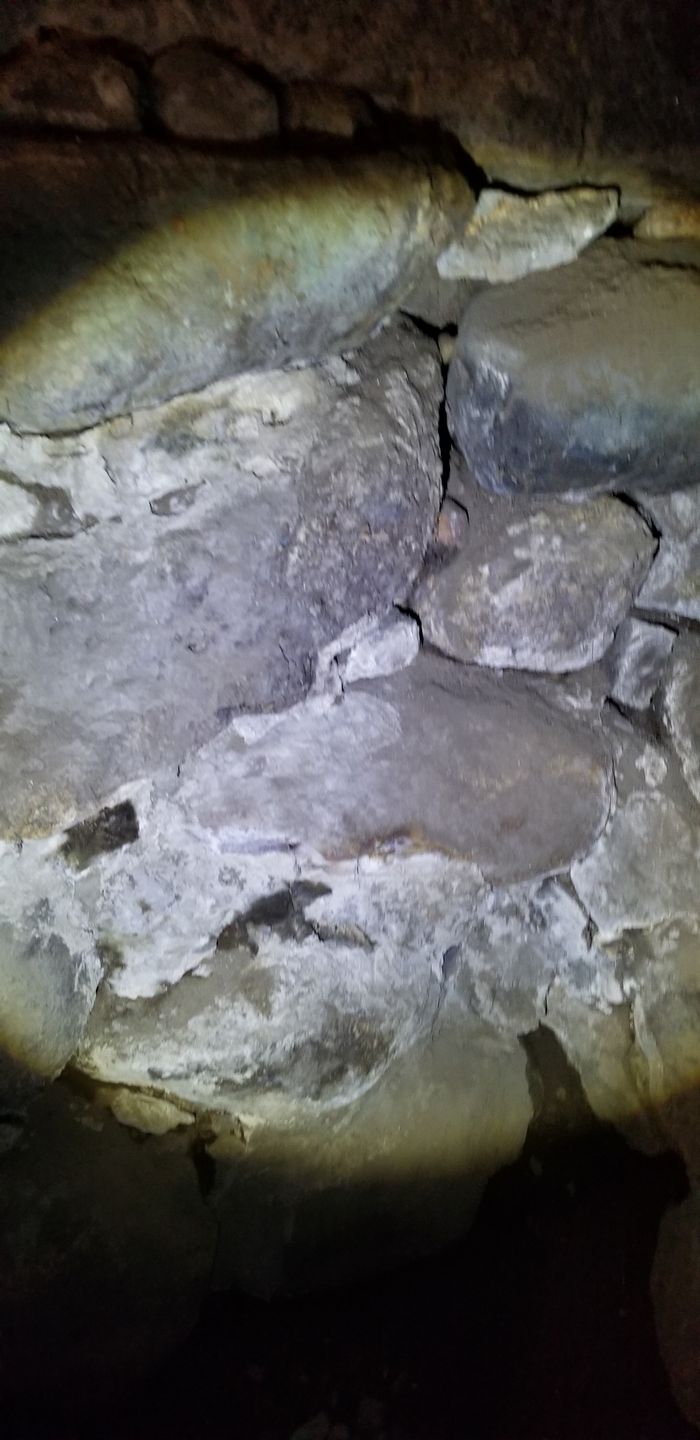
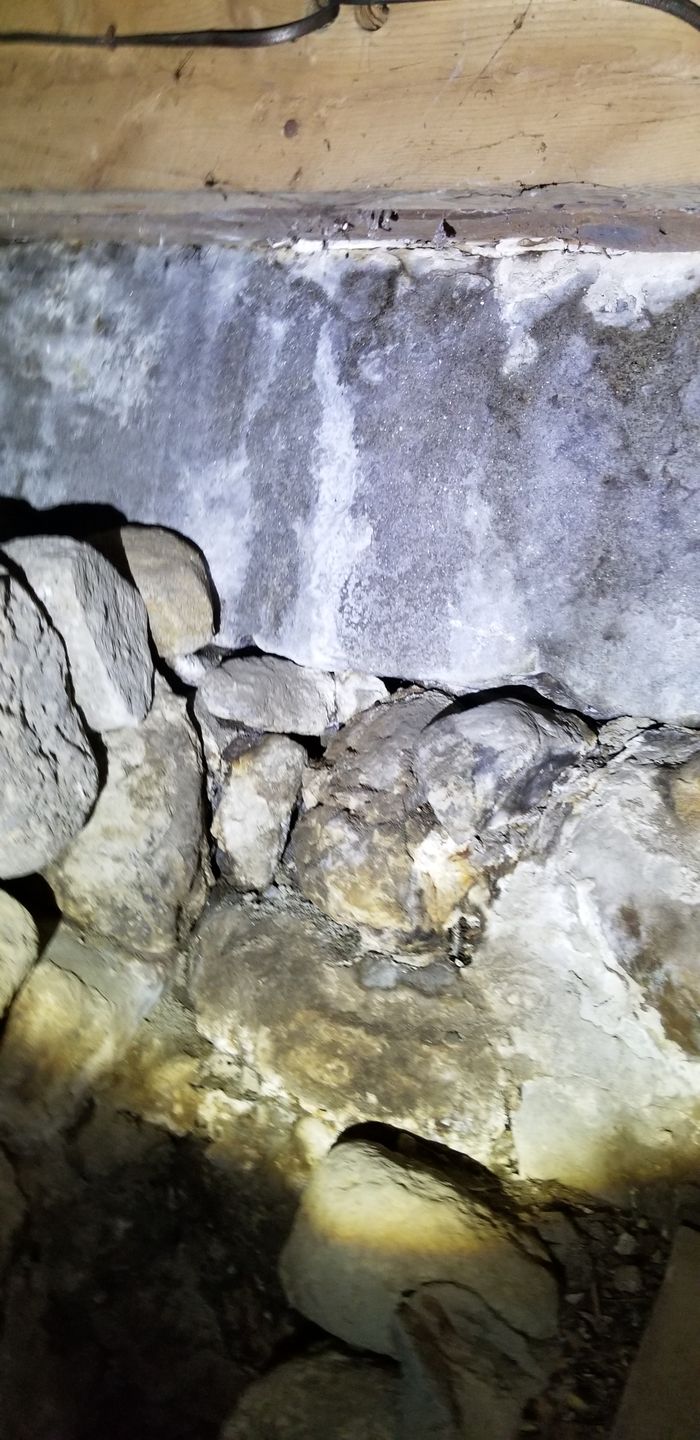
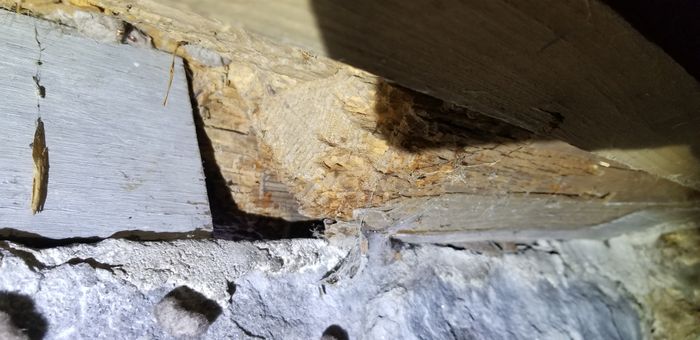
.jpg)
